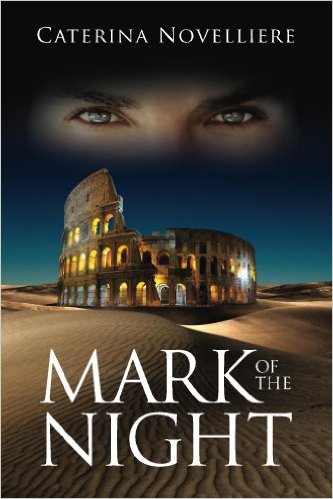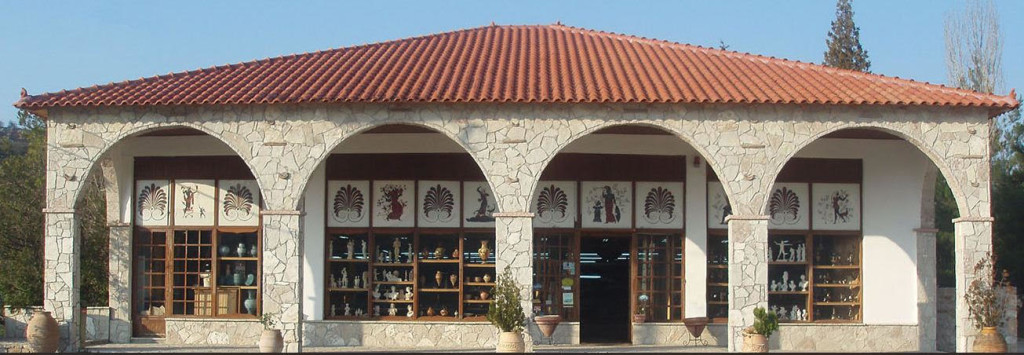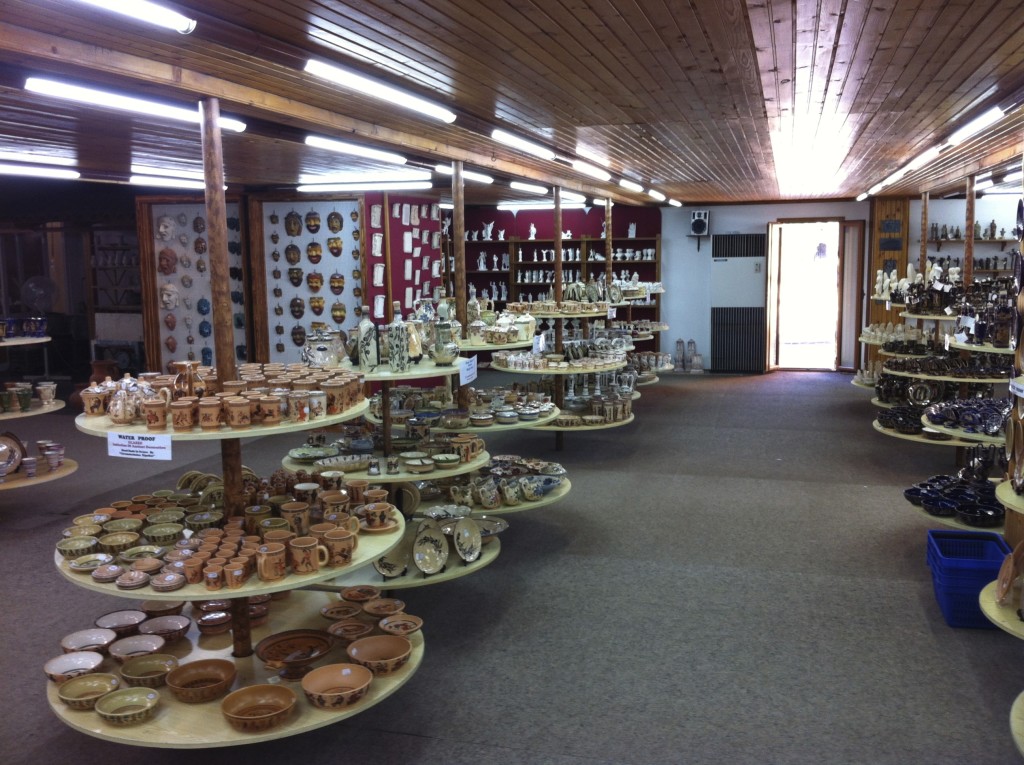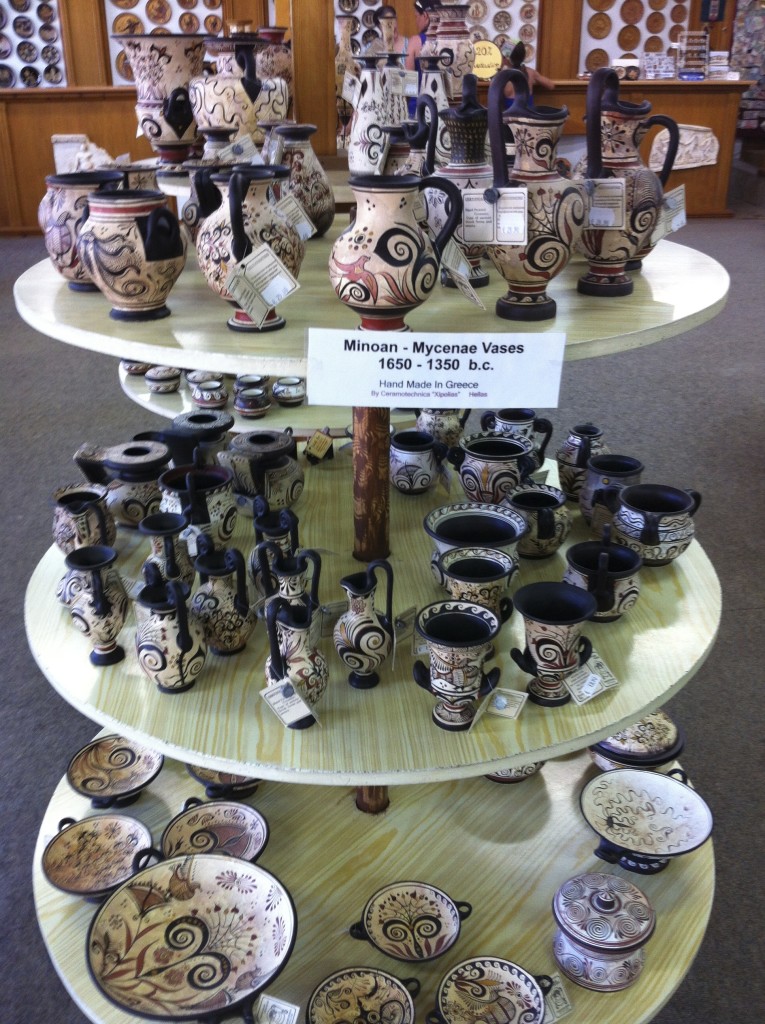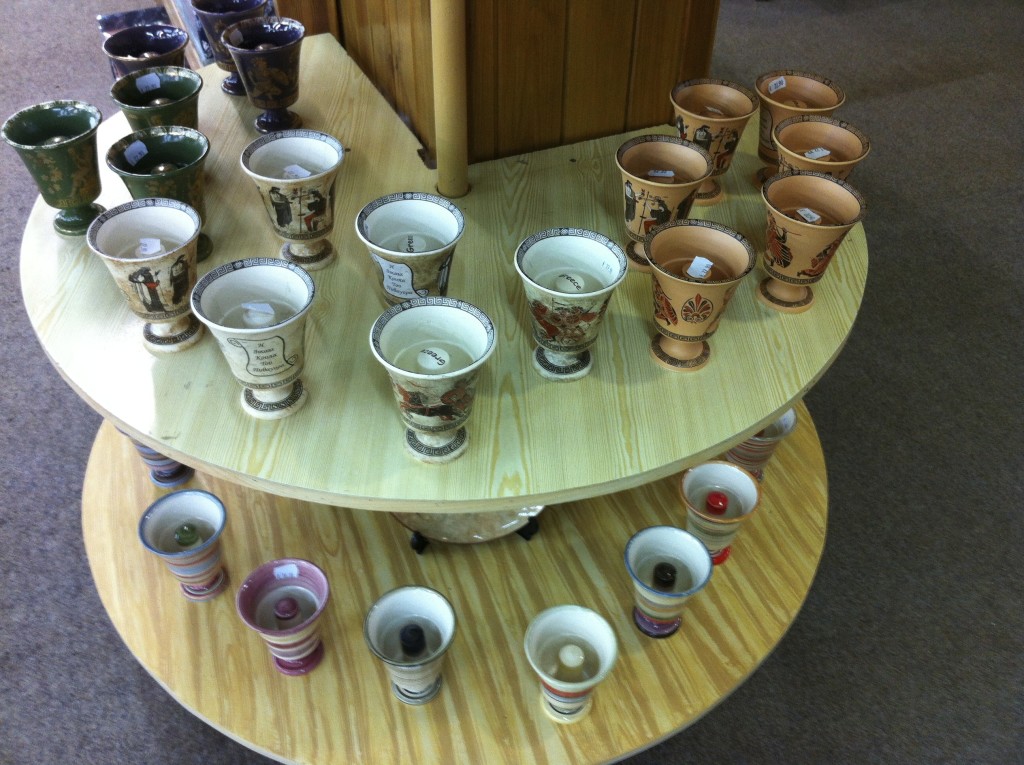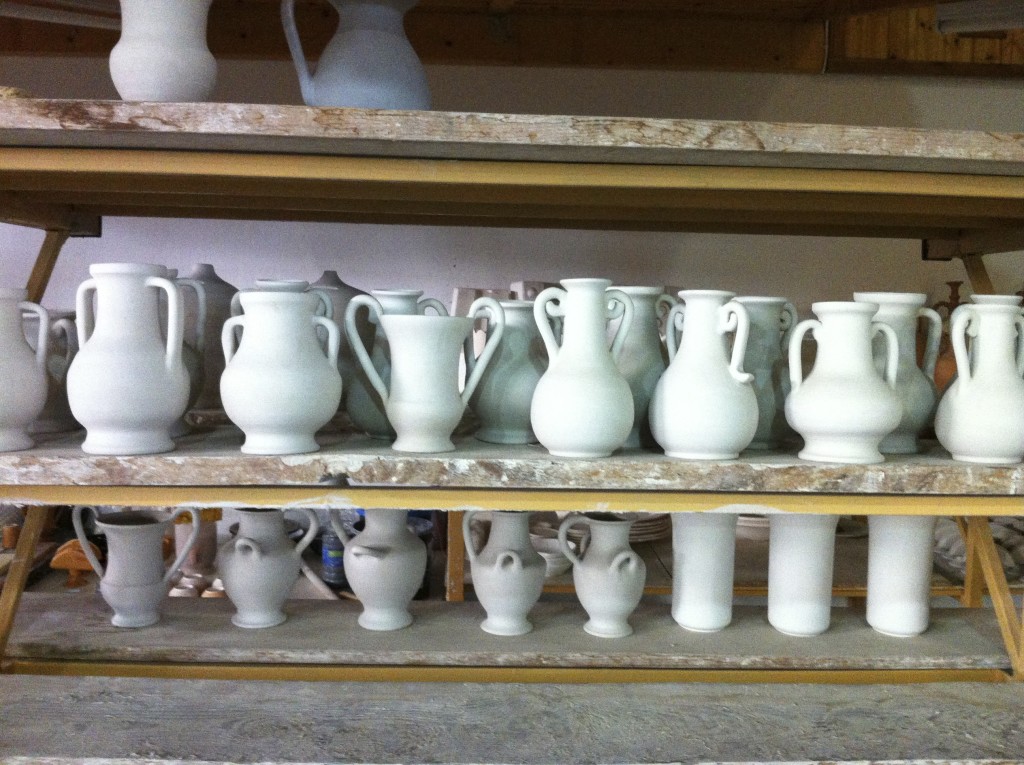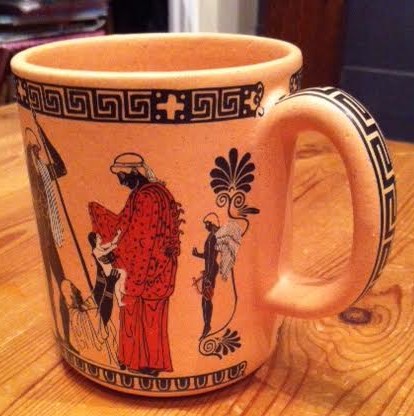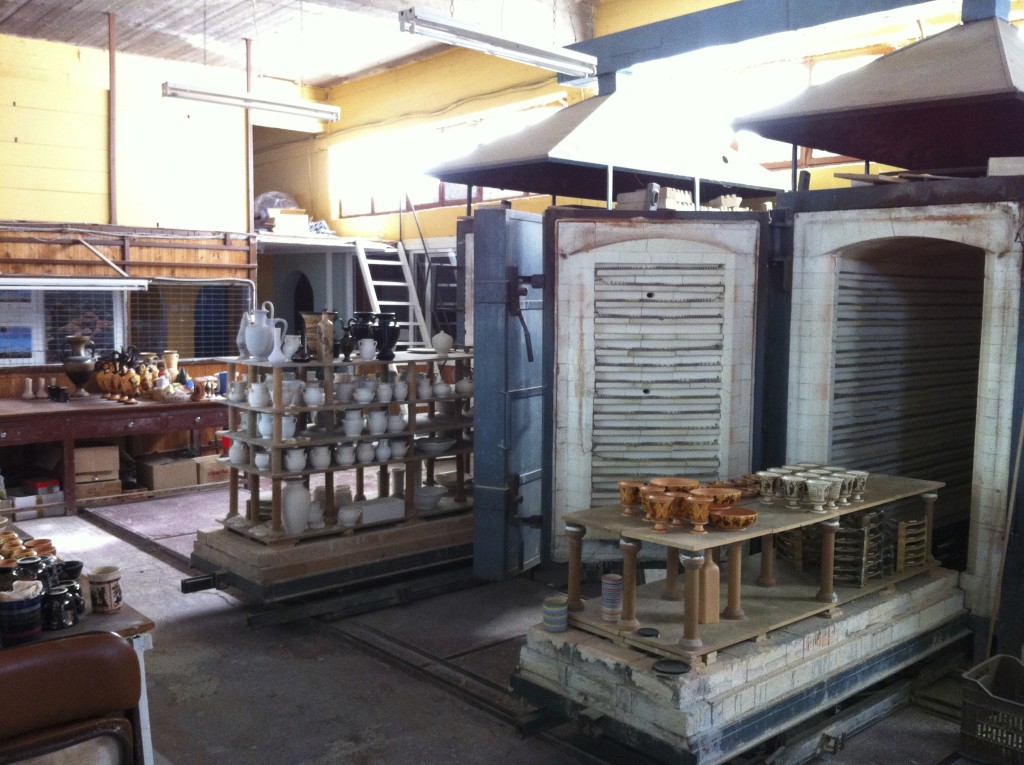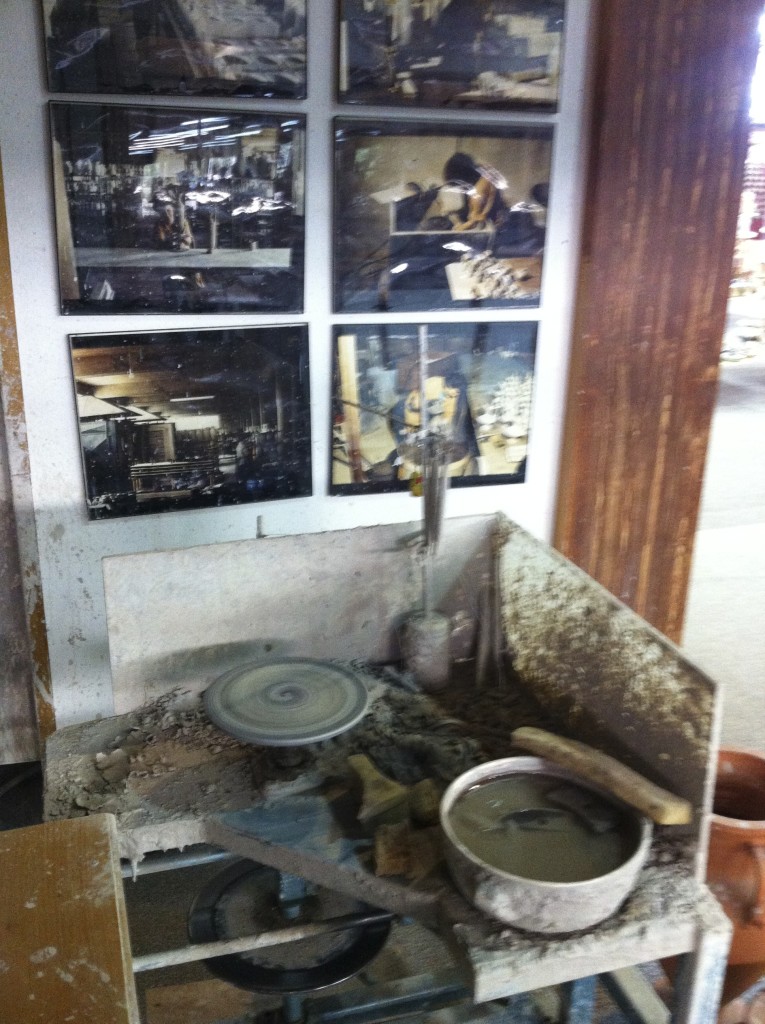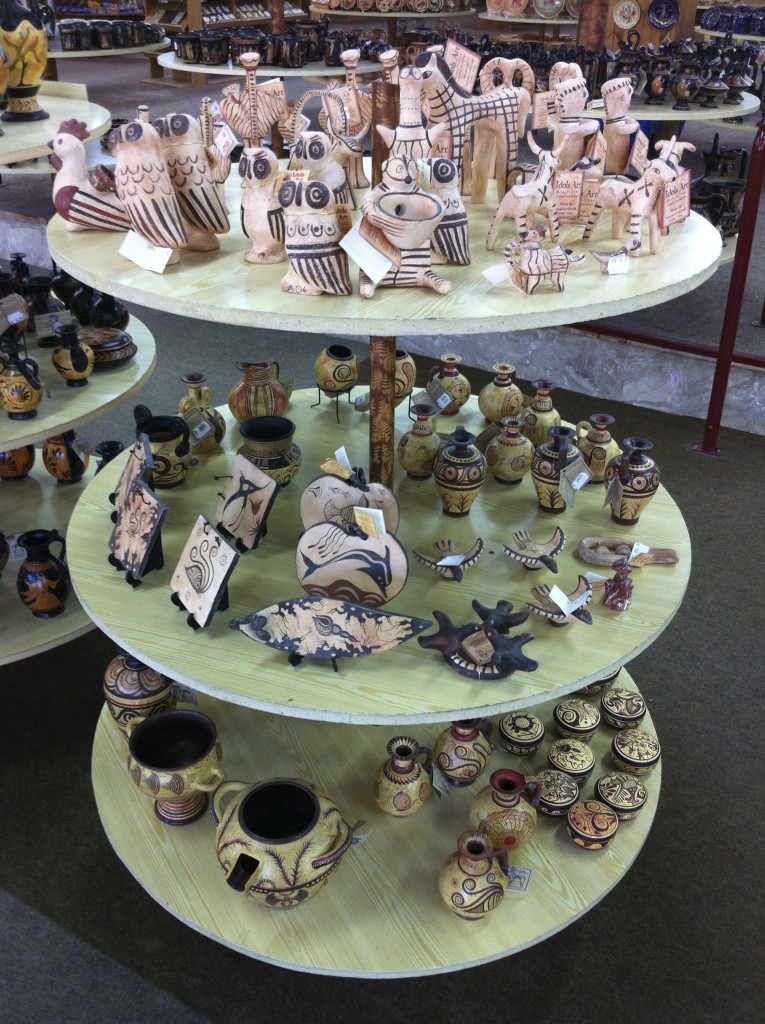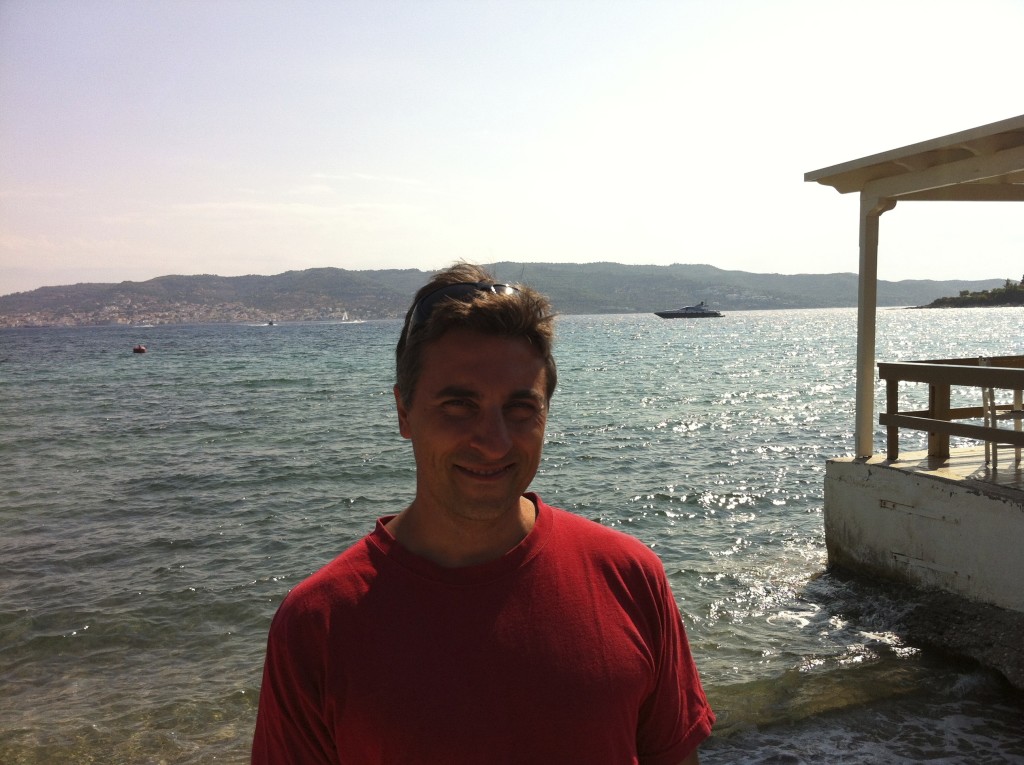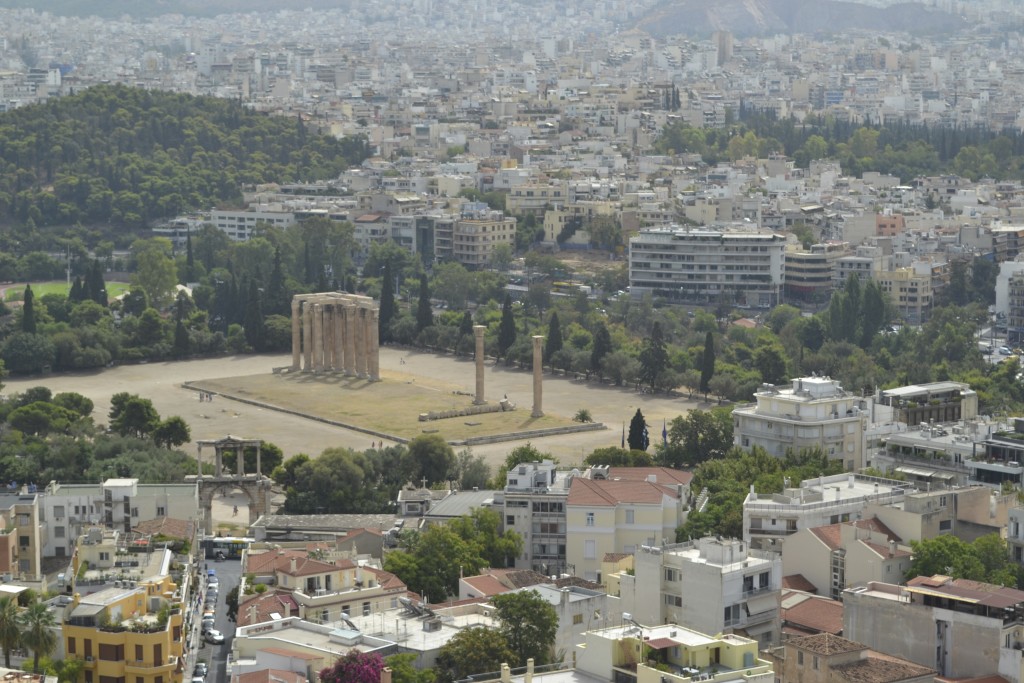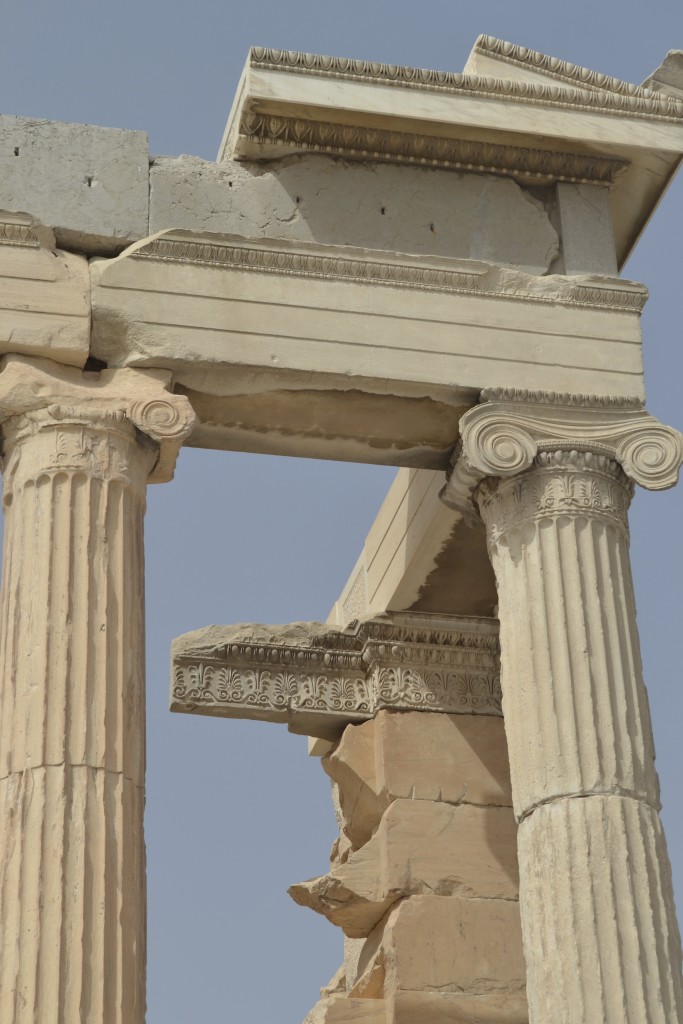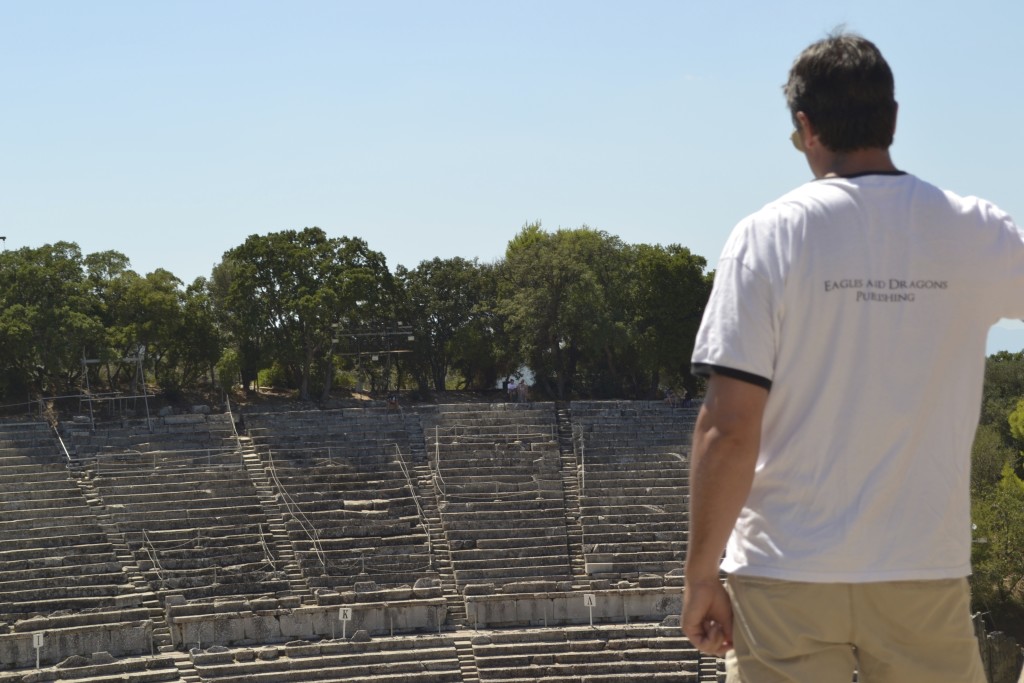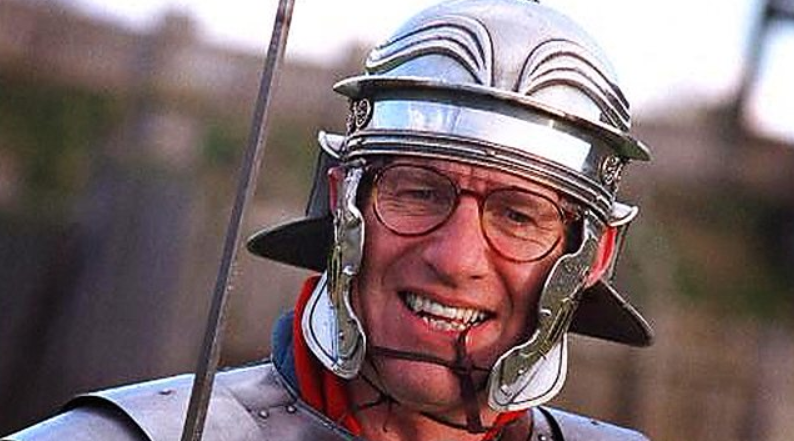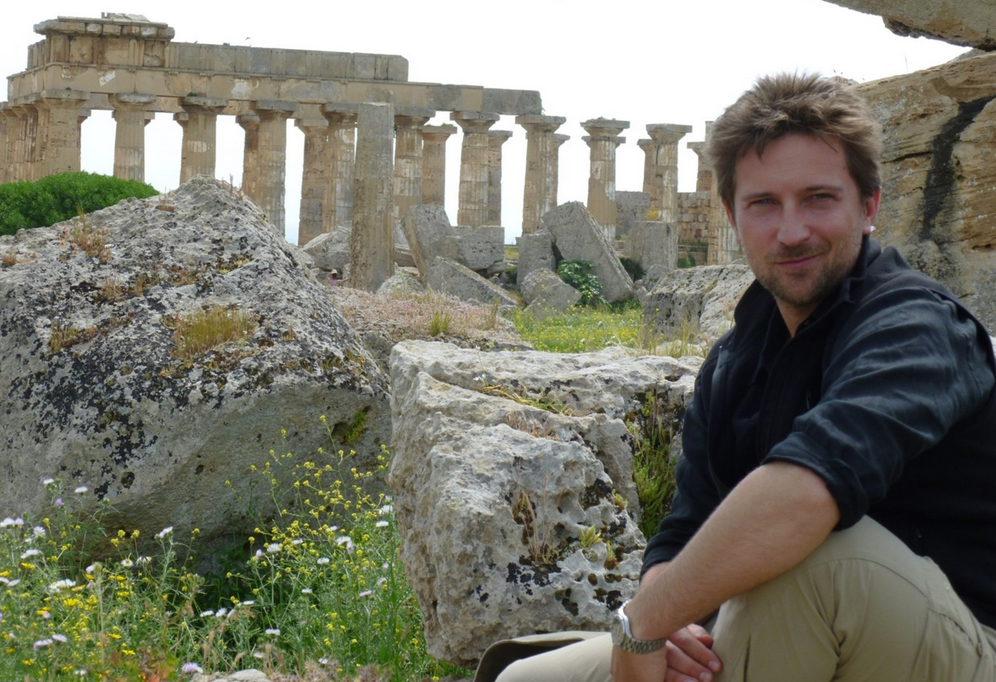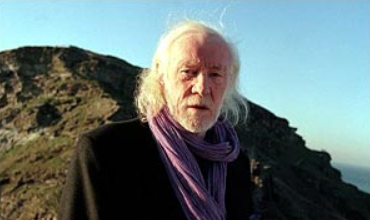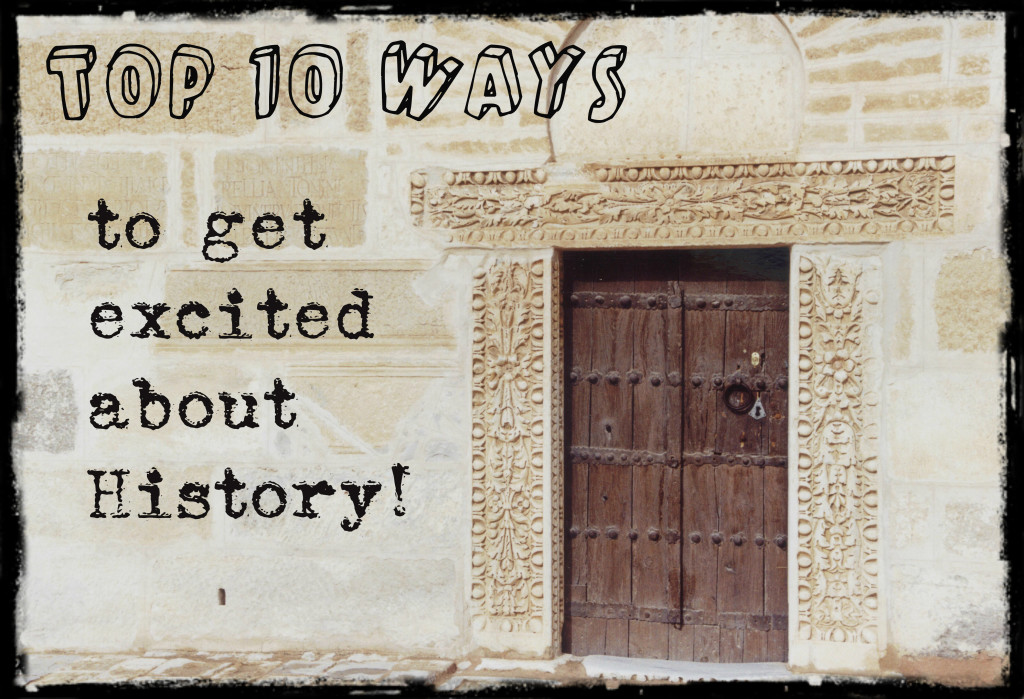
It’s no secret that I love history, and I suspect that if you are reading this blog or my books, you love history too.
This morning I was on my usual commute, herded into the cattle car, surrounded by myriad long faces, when I started to day dream. This time of year, I day dream a lot more, my mind clawing at the distant past, trying to find a way to immerse myself in the comfort of history.
What can I say? I’m a history geek through and through.
The truth is that when this hectic, modern world gets me down, I do indeed find solace in the past. I need to grasp at that thread in the labyrinth to get back to my place of balance.
So, I thought I would share some of the ways in which I connect with and get excited about history. I will do these things not only to immerse myself in history, but also to fire my creativity and imagination so that I am ready to get stuck into the next story.
Here are my Top 10:

#10 – Listen to Period Music
I always write to soundtrack music, but listening to music or interpretations of music from the ancient or medieval worlds is a different sort of experience.
While the music is playing, I may flip through a book, have a glass of wine, or just close my eyes and let my mind wander, imagining myself in an ancient agora, or walking the lonely halls of a castle.
There are fewer ancient music groups, but lately I did come across a wonderful album called Musical Instruments of Ancient Greece by the Petros Tabouris Ensemble. I played this during a dinner in which we made some ancient dishes and it really added to the atmosphere. If you have access to Hoopla through your public library system, that is where I found it.
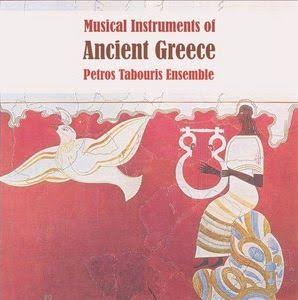
Musical Instruments of Ancient Greece – Petros Tabouris Ensemble
#9 – Maps
I love maps, and I use them frequently in my research and writing as they help me to better visualize the world and period in which I am working.
My favourite maps are the Ordnance Survey maps from Britain. This are military grade maps that give a wonderful level of detail, and the series of historical Ordnance Survey maps are the best for writing historical fiction, or simply exploring the past.
My go-to historical map is the Ordnance Survey map of Roman Britain. I used this a great deal in research in past years, but also when writing the upcoming Warriors of Epona (Eagles and Dragons Book III).

Some of my favourite Ordnance Survey Maps
#8 – Primary Sources
When getting stuck into the past, you can only get so far on secondary sources, sources written by modern or later scholars about past ages.
If you really want to get a feel for a certain period in history, to hear things from the ‘horse’s mouth’ so to speak, then primary sources are key.
Most people are not able to read ancient Greek or Latin, so it’s lucky that almost everything is available in translation. Two series I like are the Loeb Classical Library, which is now available on-line, and the much more affordable Penguin classics range which you can find in most bookstores.
Both of these are fine and can really immerse you in the ancient and medieval worlds.
The problem with some classical or medieval texts is that they can go on sometimes, depending on the author.
I remember reading Froissart’s Chronicles on the Hundred Years War a while ago and being bored by the never-ending lists of nobles. So, for a modern reader, some of these sources can be a bit tedious. But not all of them are boring and, in fact, a great many are quite entertaining.
If you don’t want to pay for some of these primary sources, you can find a lot of them on the Project Gutenberg website, and the Perseus Digital Library.
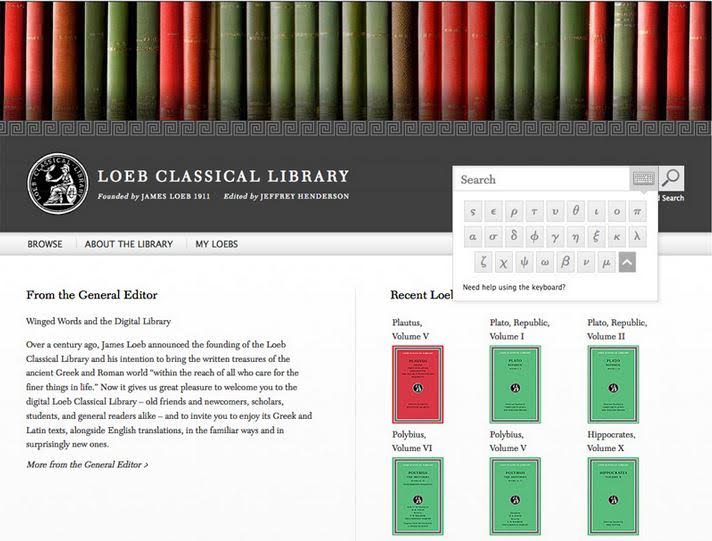
Loeb Classical Library On-line
#7 – Documentaries
There are so many great documentaries available on YouTube that with the touch of a couple buttons, you can be off on a grand adventure with some of the leading historians of the day.
The thing I like about documentaries is that they are the next best thing to actually going to a site. The presenters often go to places that are not accessible to the average person.
If they are well-done, documentaries are a wonderful way to unwind, to learn, and to escape into the past from the comfort of your own home.
I always get pumped about history after watching a good documentary!
#6 – Big Non-Fiction Books
When it comes historical landscapes, ancient ruins, or castles, a picture definitely speaks a thousand words.
That’s why I love to sit down on a quiet Sunday morning, or after a stressful day at work, and peruse the large, full-colour pages of some of my favourite coffee table books.
I have several of these mighty tomes at home and they can always be relied upon to help me escape into history.
From a book on the Parthenon and ancient Athens, to ancient Rome, the castles of Britain, world archaeology, Egypt, and the travels of Alexander the Great, every time I heft one of these titans I’m guaranteed to get lost for a while in the best possible sense.

Some of my BIG BOOKS!
#5 – Visiting Museums
What better place to get in touch with different periods of history than in your local house of the Muses.
If you live in a big city, chances are you have access to a museum with a decent collection. Two of my favourites are the new Acropolis Museum in Athens, and the British Museum, entry to the latter being free!
You may also have a small, local history museum near you that could be of interest, so be sure to check it out.
Museums are a great way of connecting with people of the past, of getting close to the normal everyday objects that our ancestors used. These can add the texture to the greater historical picture we are imagining.

Having fun at the Trimontium Roman Legionary Museum. So much fun!
#4 – Living History Displays
When it comes to people dressed up in historical costume and swinging swords around, most of you may think of mad Renaissance festival goers with bad accents, and supremely laughable movies like The Knights of Badassdom or All’s Faire in Love (both are on Netflix).
These sorts of flicks can be fun, but they are not the living history displays I’m referring to.
If you want to really get into history, you should go and attend a display of one of the many living history, or re-enactor groups near you.
The people who take part in living history displays are not only die-hard history fans, but also serious researchers who have helped to further our knowledge of the past alongside our academic brethren.
Living history re-enactors use ancient and medieval methods and tools to create weapons and utensils, fabrics, horse-harness and all the other everyday implements of the past. They bring famous battles to life, and put on displays that show us how, for instance, Roman siege engines work.
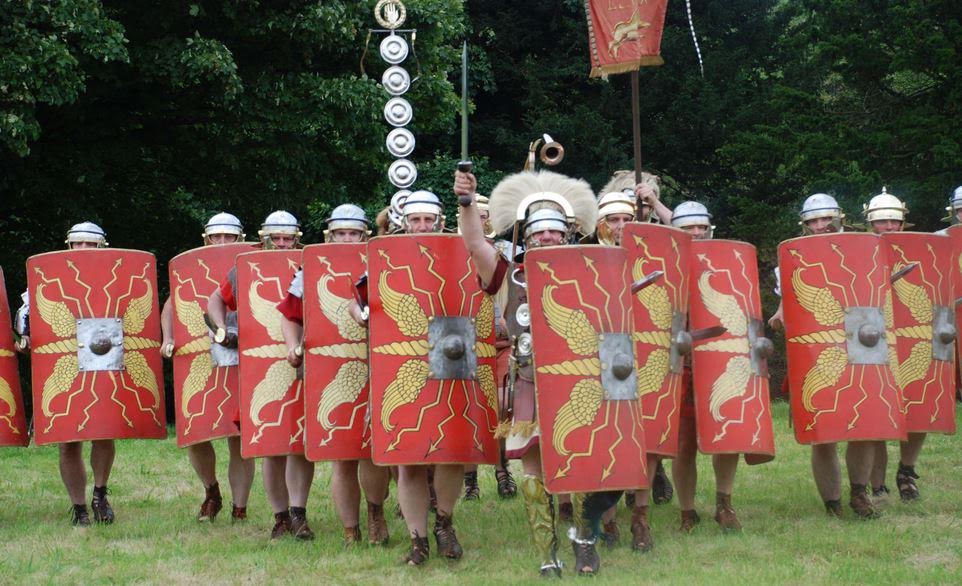
A display by the Ermine Street Guard re-enactment group
For many people who have been bored by history through textbooks in school, living history re-enactments can be a welcome breath of fresh air that awakens a love of the past.
No matter what historical period you’re interested in, there is certainly a group of re-enactors that fits the bill. Ask around and see what is going on in your area, especially during the summer months.
Many of these groups put on displays at historic sites like Hadrian’s Wall. You can ask some questions, swing a sword, and maybe even try on some armour!
#3 – Watch Movies
Whenever any historical movie comes out, there is never any shortage of complaints on-line about the accuracy, or lack thereof, of the film.
And it is true that most historical movies do not depict the history exactly as it was. Of course not! They are telling a story and they have to work within the confines of their medium, and of their particular budget.
But I love watching movies that take place in an historical setting, even if it is rife with errors. It gets me excited about history. Period.

I loved this movie!
I’ve said before that Robin Hood, Prince of Thieves was the movie that really turned me on to studying history. People laugh at me for that (and that’s ok!), but I say that that movie started me reading everything I could get my hands on about the 12th century, warfare, and the Middle Ages. And in reading further, I found out how things really were. The movie made me want to learn more about history.
Is that a bad thing? Absolutely not!
So, if watching movies is something that you love and enjoy, ignore the critics and just go for it, whether you’re watching 300, Kingdom of Heaven, Troy, Pompeii, Gladiator, or any other period flick. It doesn’t matter, so long as the setting is historical, you are bound to get switched on.

Great scene from Ridley Scott’s epic, Gladiator
#2 – Read Historical Fiction
Now I may be biased here, but I read a lot of historical fiction, almost exclusively.
Setting my bias aside, however, I truly believe that historical fiction, if done well, can both entertain and educate. It can move people’s hearts and minds, and give them an in-depth look at the past, the people, places, ways of thinking, and ways of living.
I really do believe that historical fiction should be on the curriculum for history classes at every level. It brings history to life in a more accessible way than non-fiction text-books, and in a deeper way than any film.
The reader is put smack dab into the history of the period the book is about. The reader can get lost, immersed in the history for as long as they want to read, or until the book ends.
Historical fiction, in a way, paints a more complete picture of the past, and is not constrained by any budget, or medium.
In writing historical fiction, or historical fantasy, anything goes, and there are no limits to the places a reader can be taken.
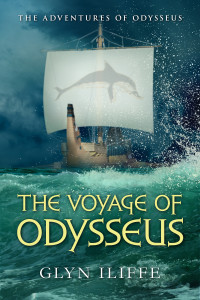
My current read!
Stay tuned for a big surprise related to this book!
Finally, my number one activity for getting excited about history…
#1 – Site Visits and Travel
I think I fell in love absolutely with history the first time I set foot inside a real castle. I believe it was Warwick Castle in England.
I can remember walking around, not only impressed by the sheer scale of the place, but mesmerized by the battlements, the towers, the rooms filled with armour.
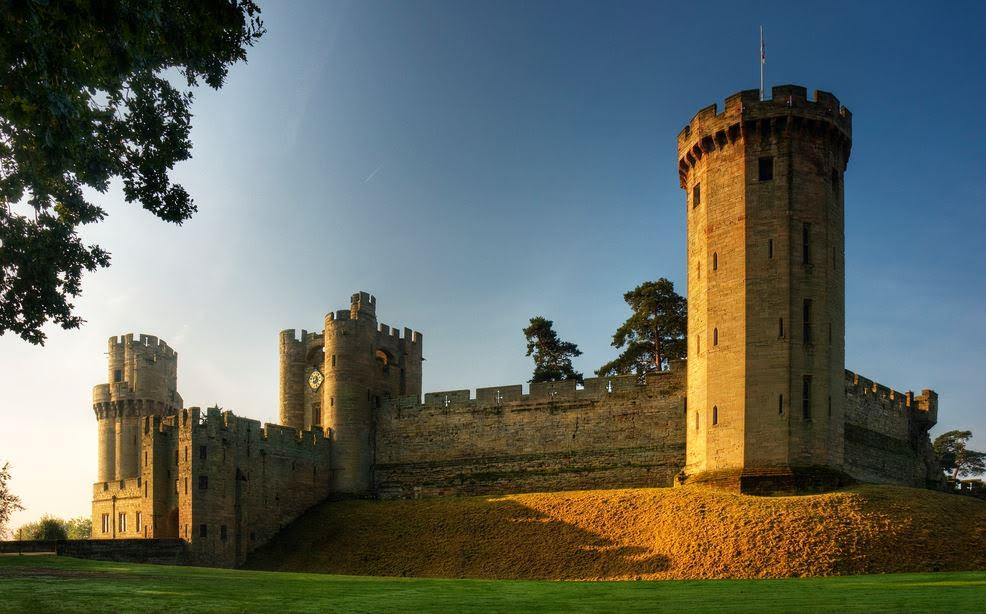
Warwick Castle
Most of all I was amazed by the lives people actually led in the past.
Visiting an archaeological site, a castle, a ruin, or an ancient landscape, however big or small, is unlike any other experience.
I’m a firm believer that travel is the best education, and site visits are the perfect way to put you in touch with history and the people of the past.
I’ve written about the sites I’ve visited a lot on this blog, most recently ancient Argos, Epidaurus, and Nemea, but I remember every time I have visited an historic site. The experiences are burned in my memory.
Every time, I felt like I connected with the people who inhabited that place and age, that I gained a fuller understanding of them. I touched the altars where they worshiped their gods, smelled the air they smelled, heard the way the wind caressed the wall about their dwellings or as it rushed through their forests.
To stand on the top of Hadrian’s Wall I had an inkling of what it was like for a Roman soldier on the edge of the Empire. I’ve walked beneath the Lion Gate of Mycenae on my way to an audience with King Agamemnon, heard the battle cries of 300 Spartans at Thermopylae, and gazed across African olive groves to the Sahara from the arches of a remote desert amphitheatre.

Desert light at the theatre of Thysdrus (El Jem)
Until virtual or augmented reality are perfected, there is no better way to connect with the past than standing where ancient people stood, seeing what they say, touching what they touched.
The problem with this is the cost of travel. I don’t travel nearly as much as I would like. But, if you can manage to save to go to a place of history that you’ve always wanted to visit, the memories of that journey will sustain you for a long time and give you a much greater understanding of the past.

Ipogeo Etrusco de Montecalvario (6th century B.C.)
I hope that you’ve found this interesting, and that it had perhaps given you some new ideas about how to connect and get excited about history in the chaos of modern life.
How do you like to connect with and get excited about history?
Is it something on the list above, or do you have your own preferred activity?
Let us know in the comments below. There are always new adventures waiting for us!
Thank you for reading.



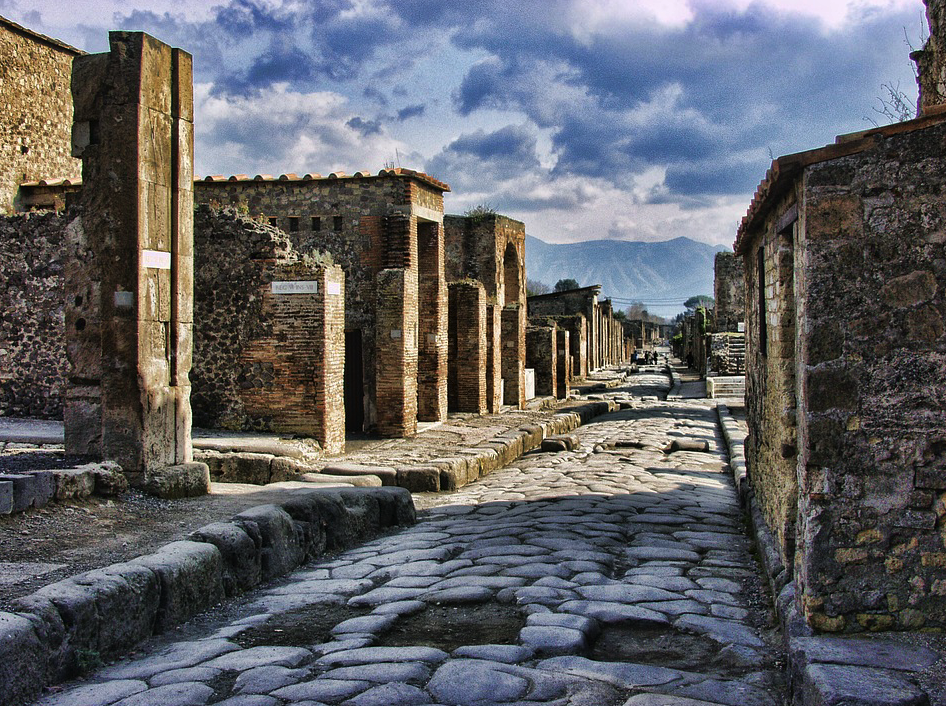
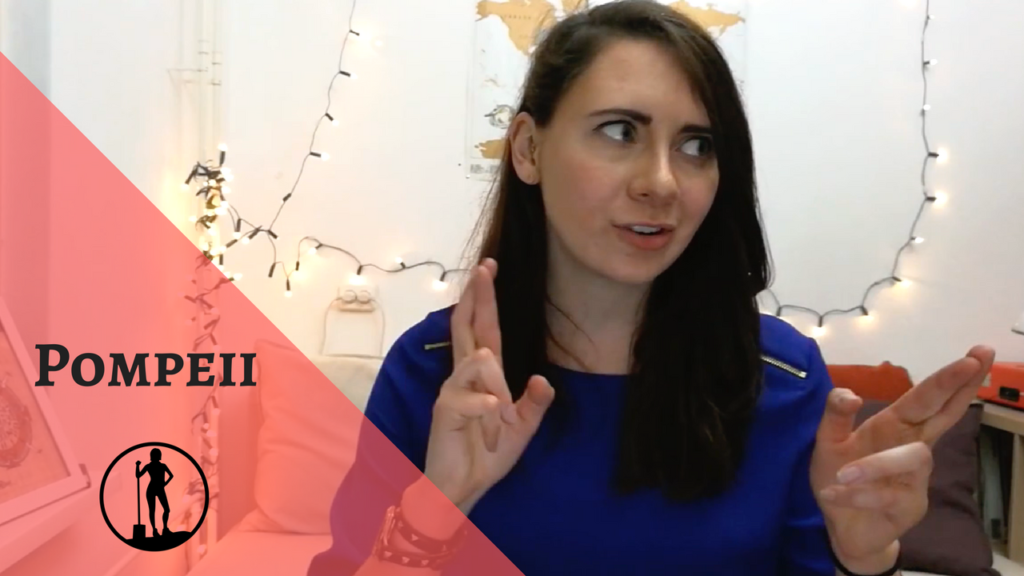


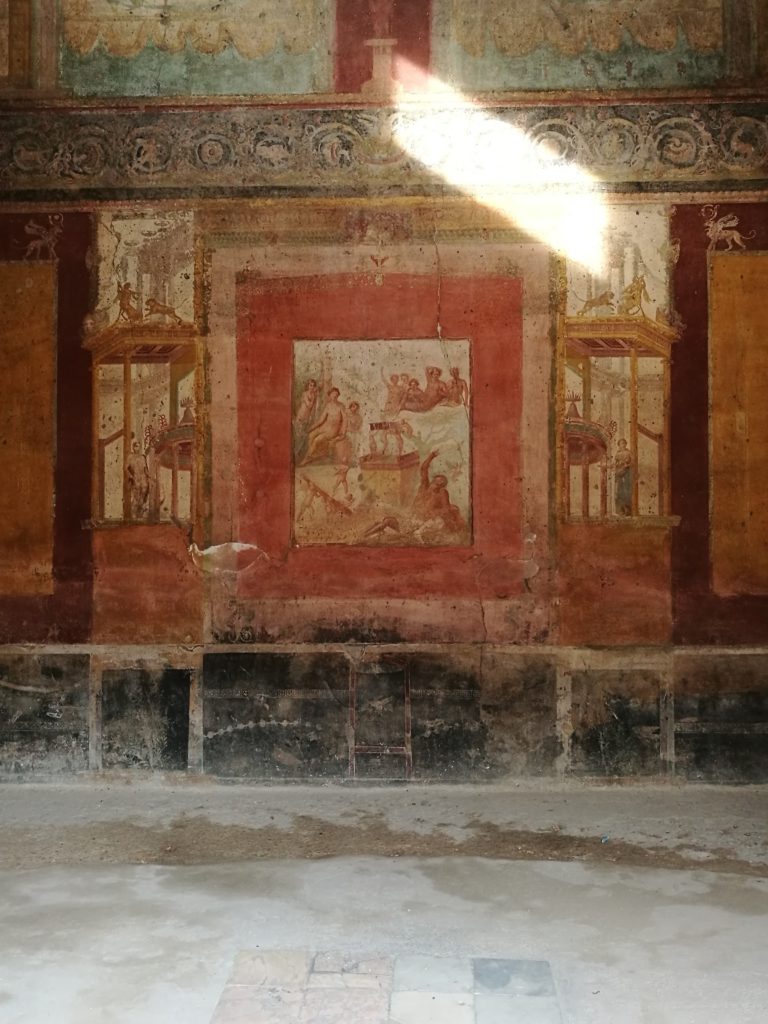
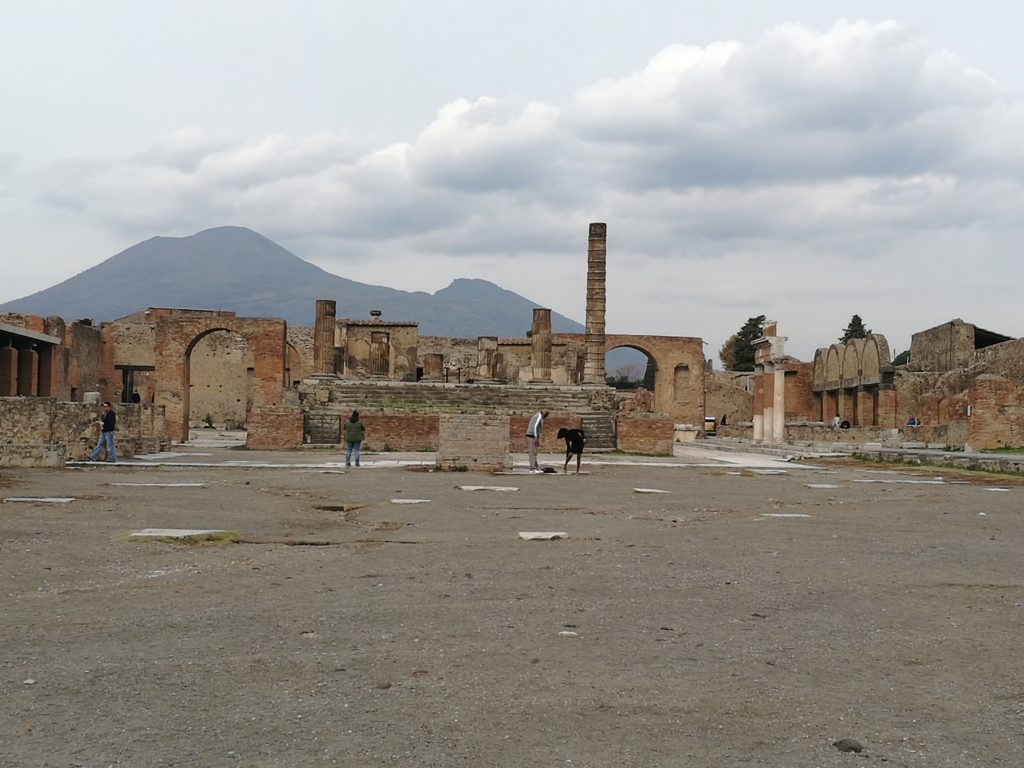



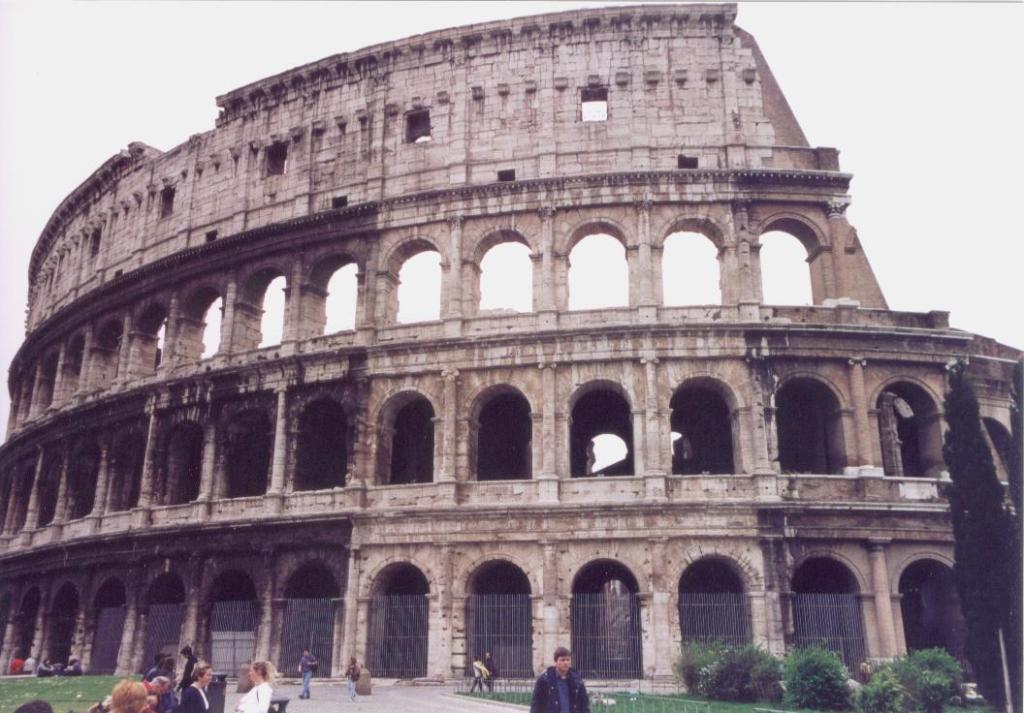
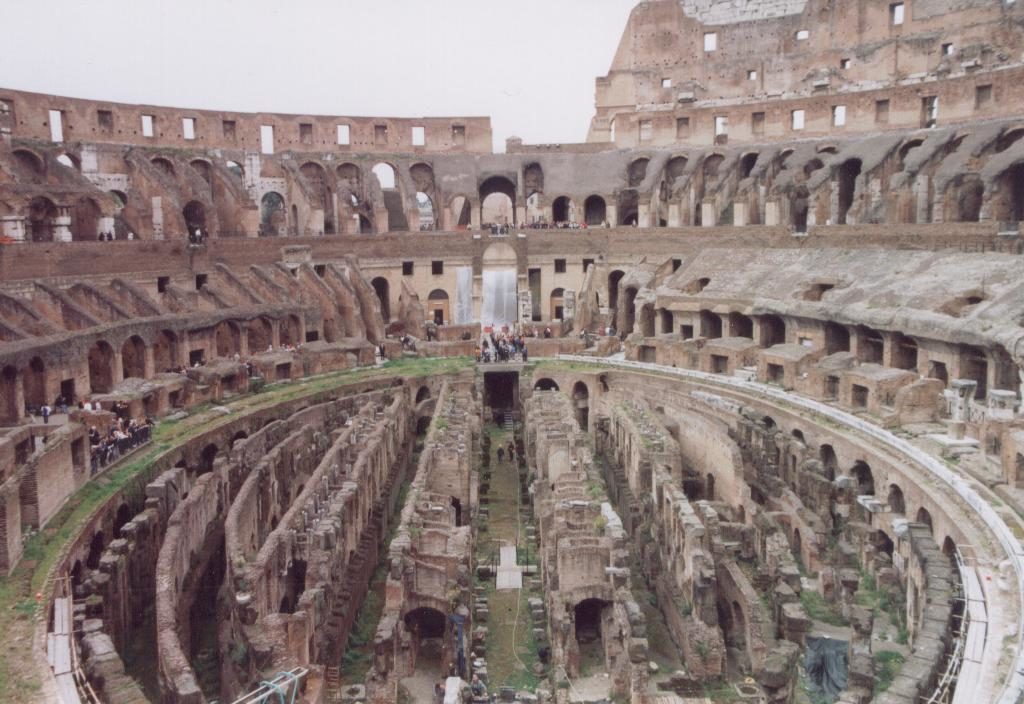
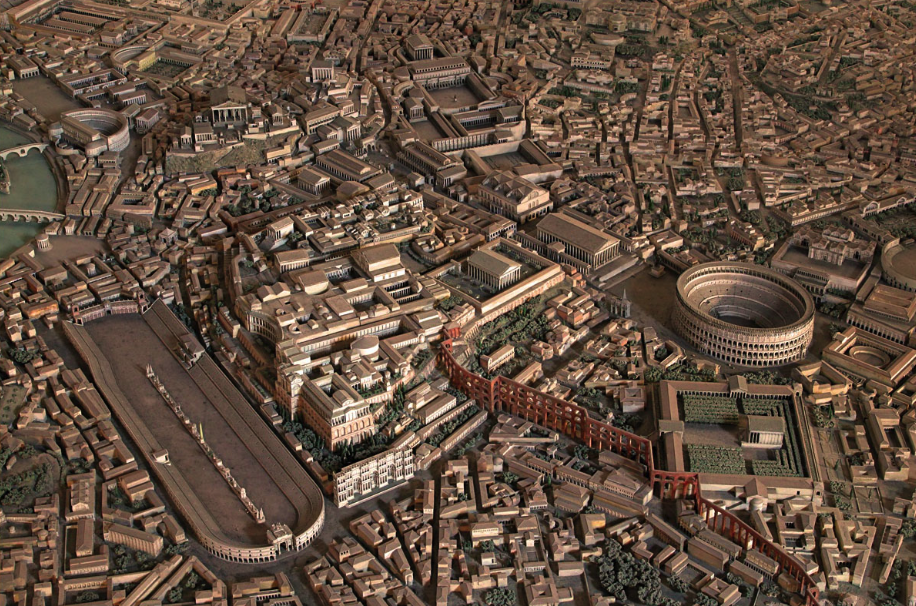

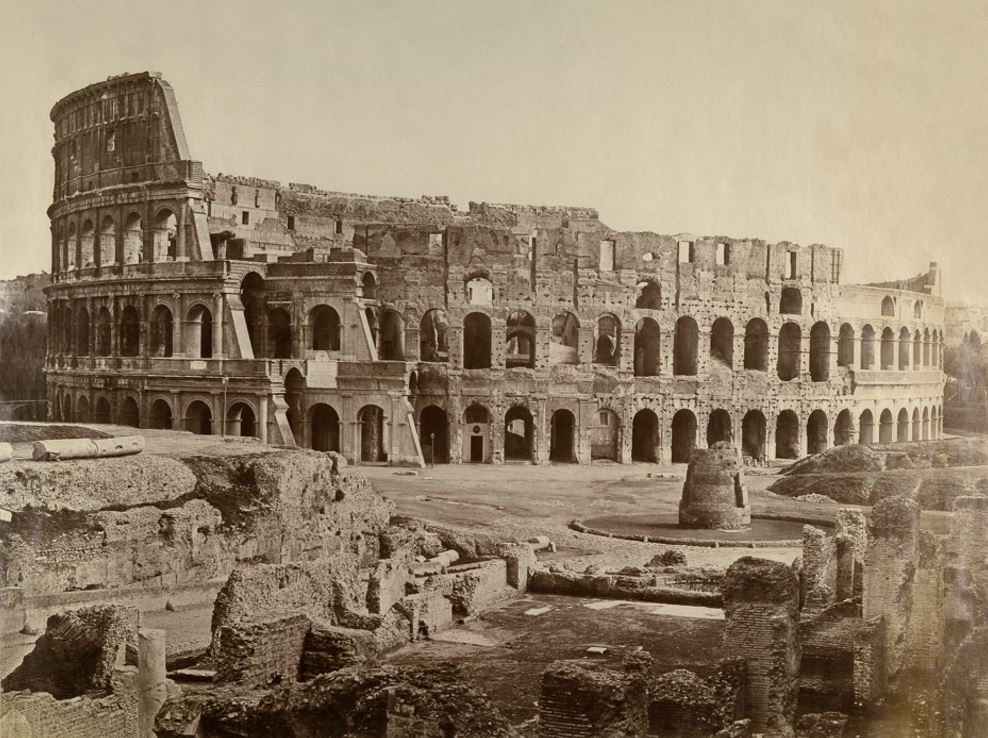
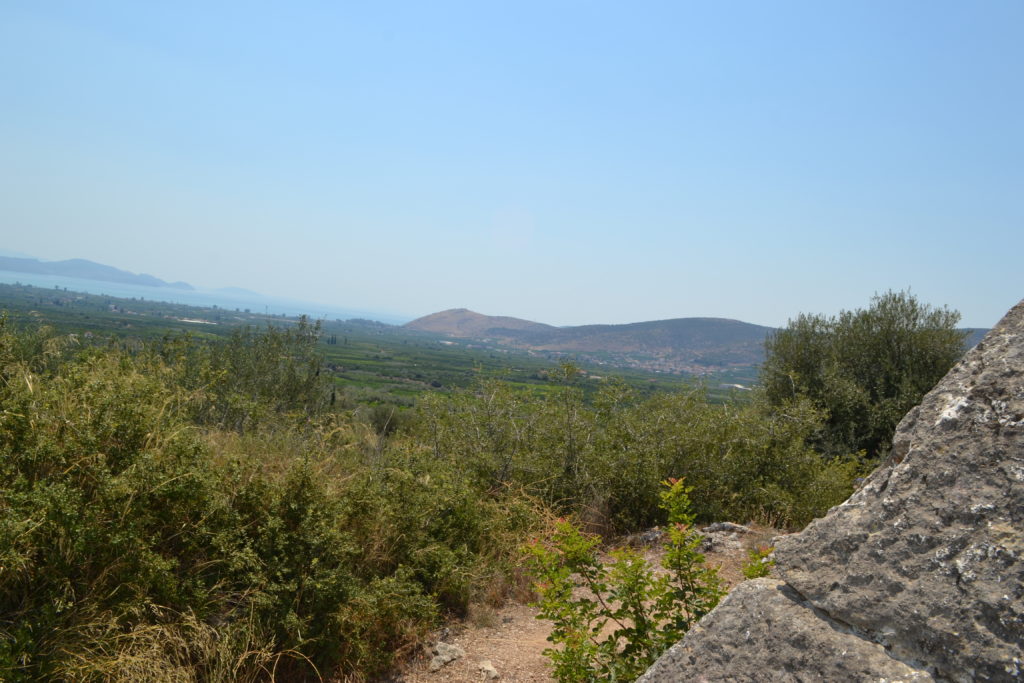


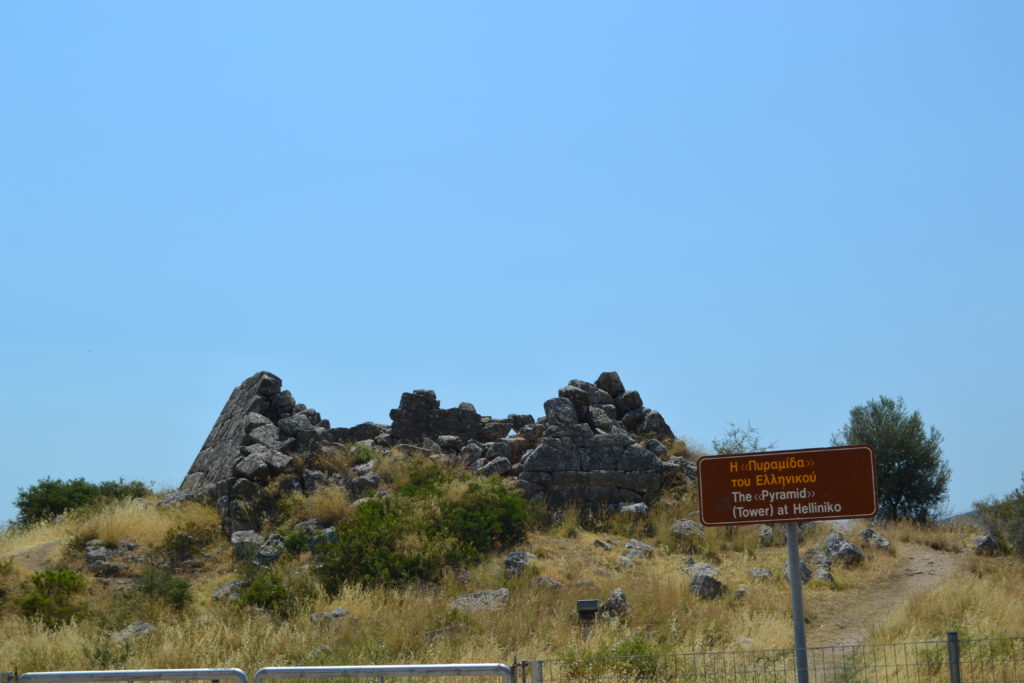
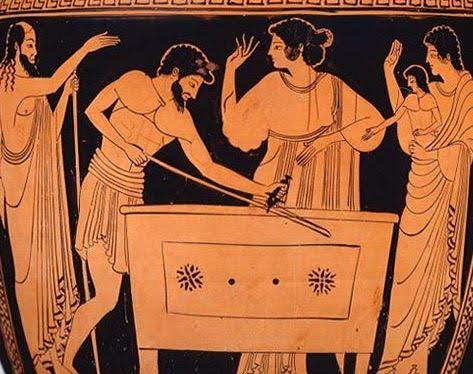

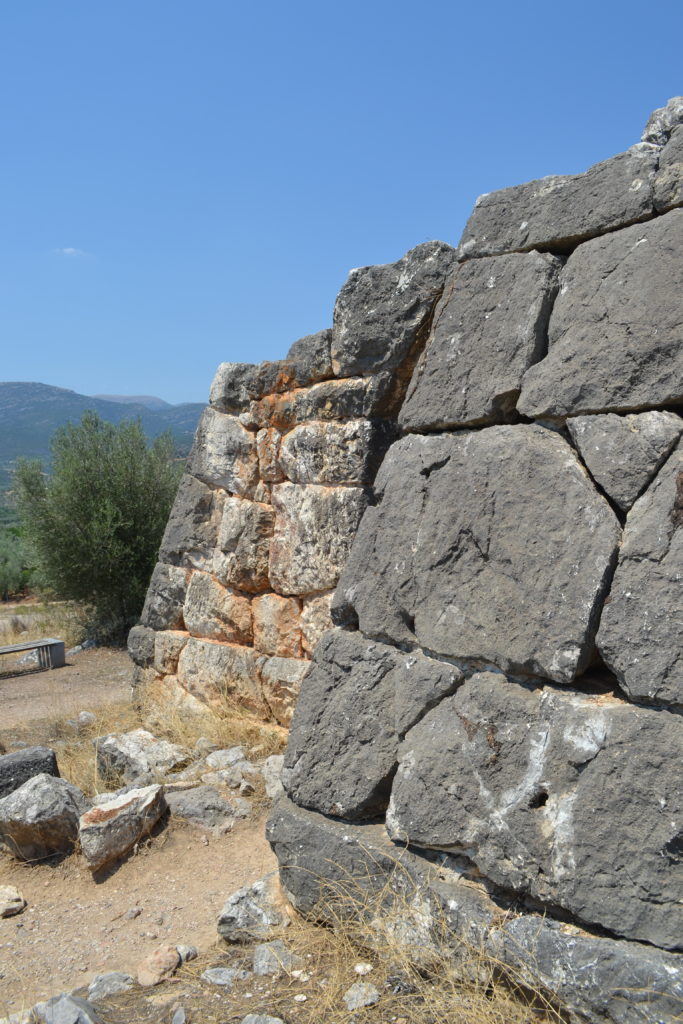
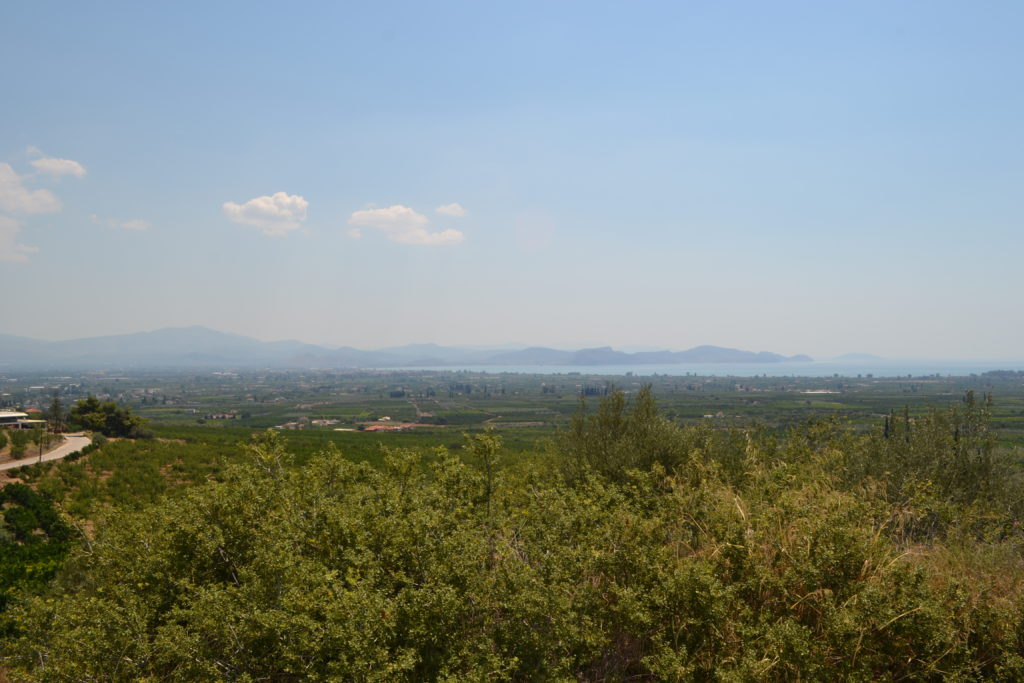
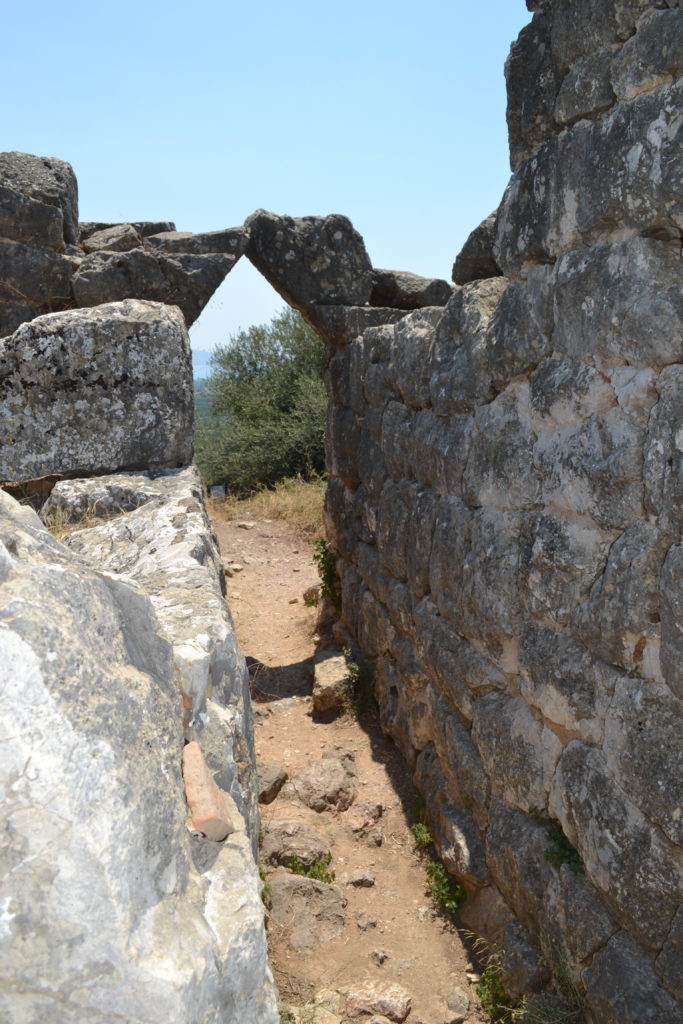
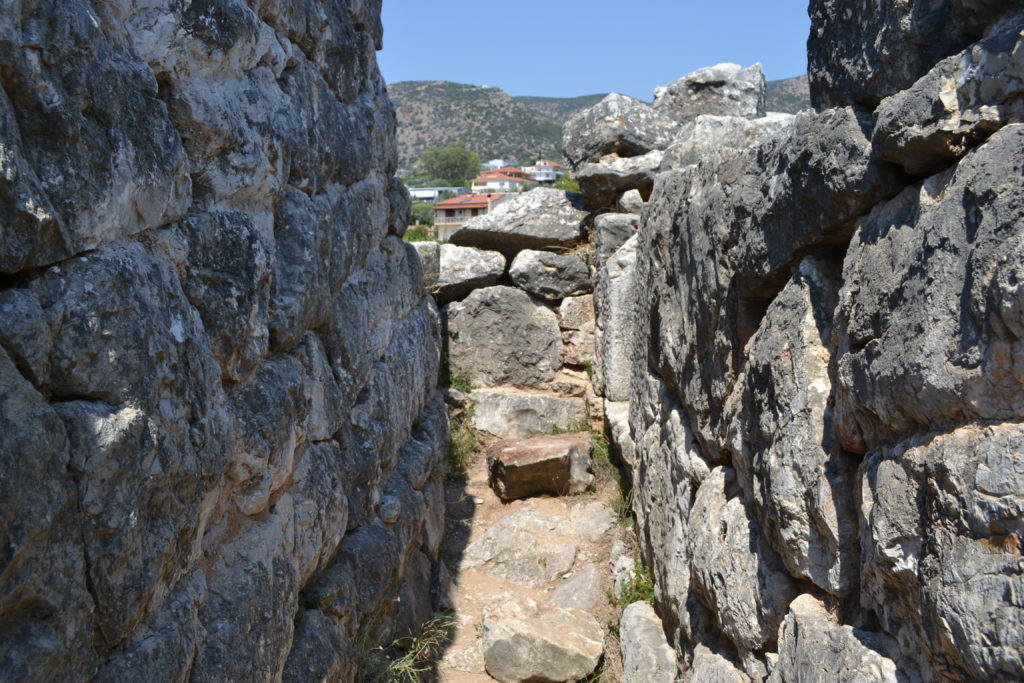
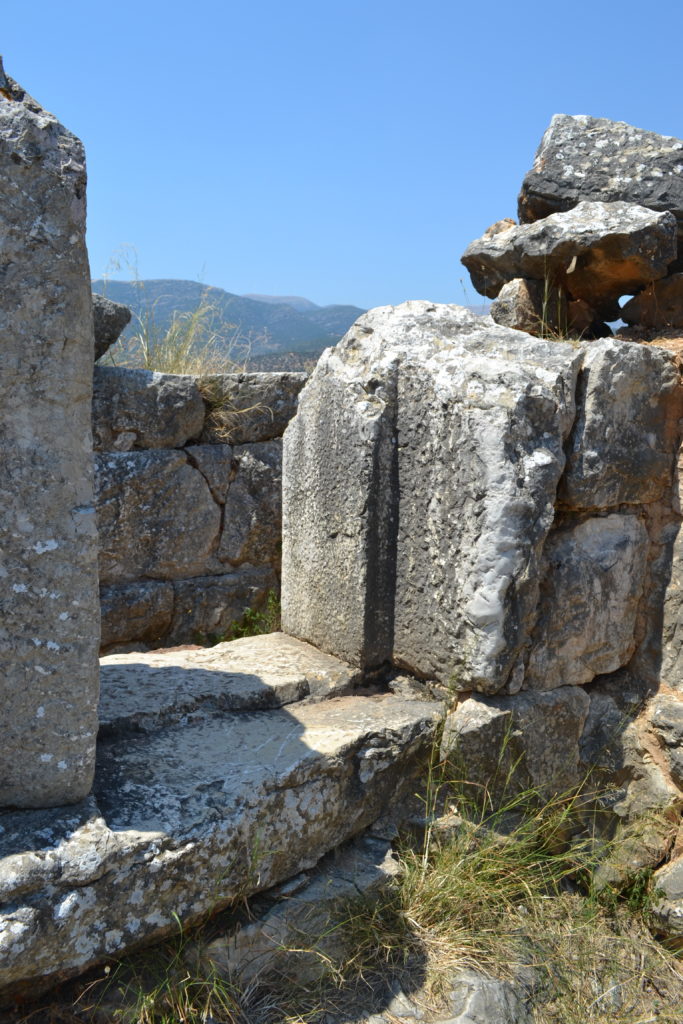
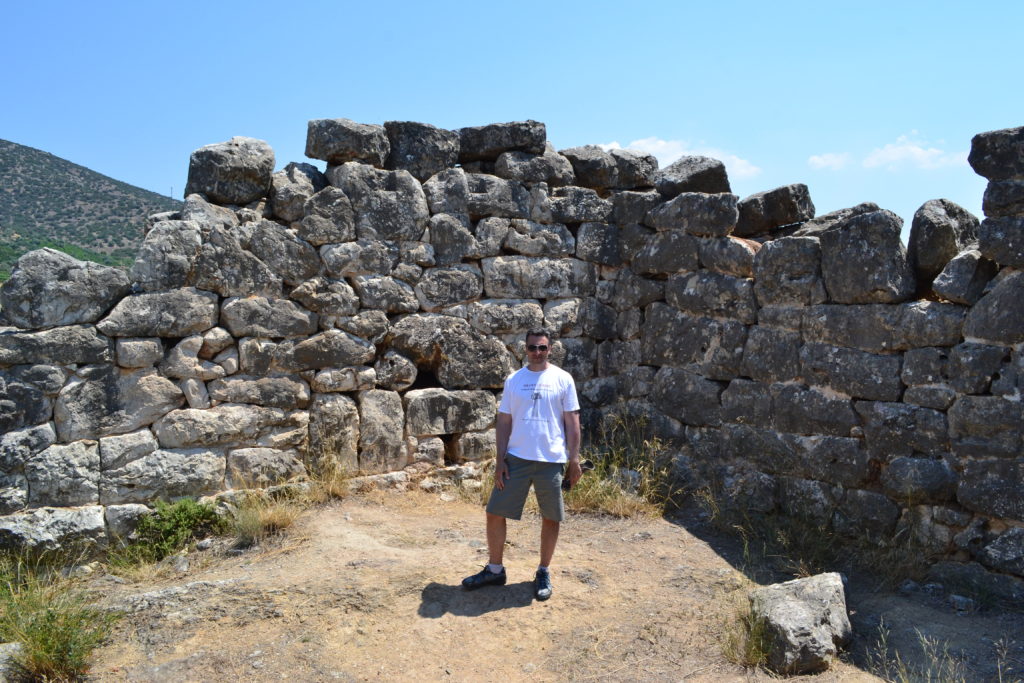
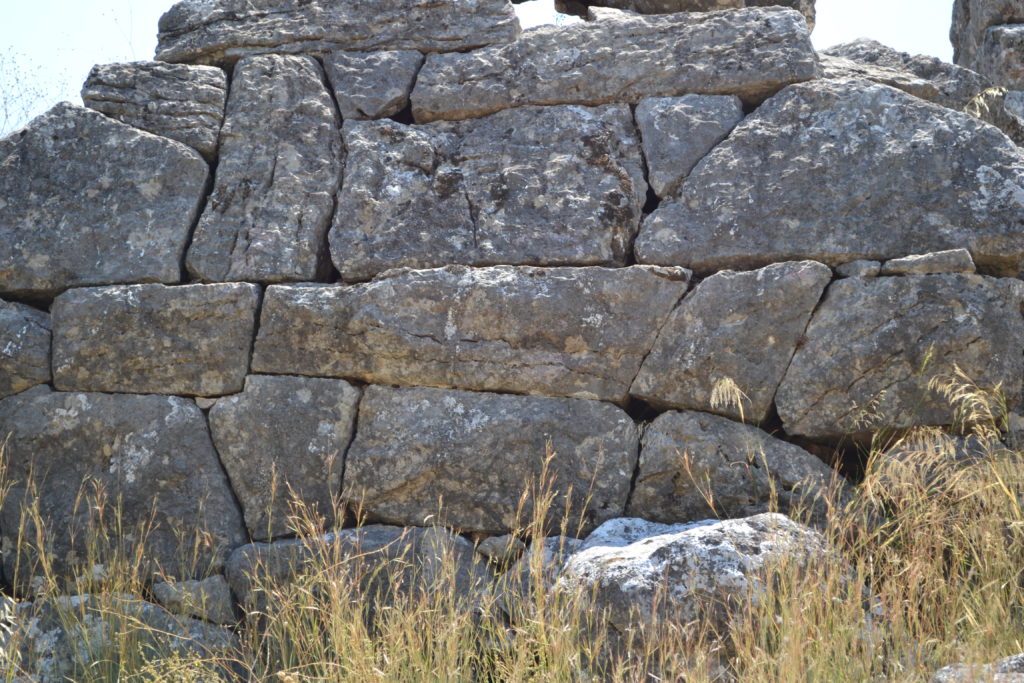
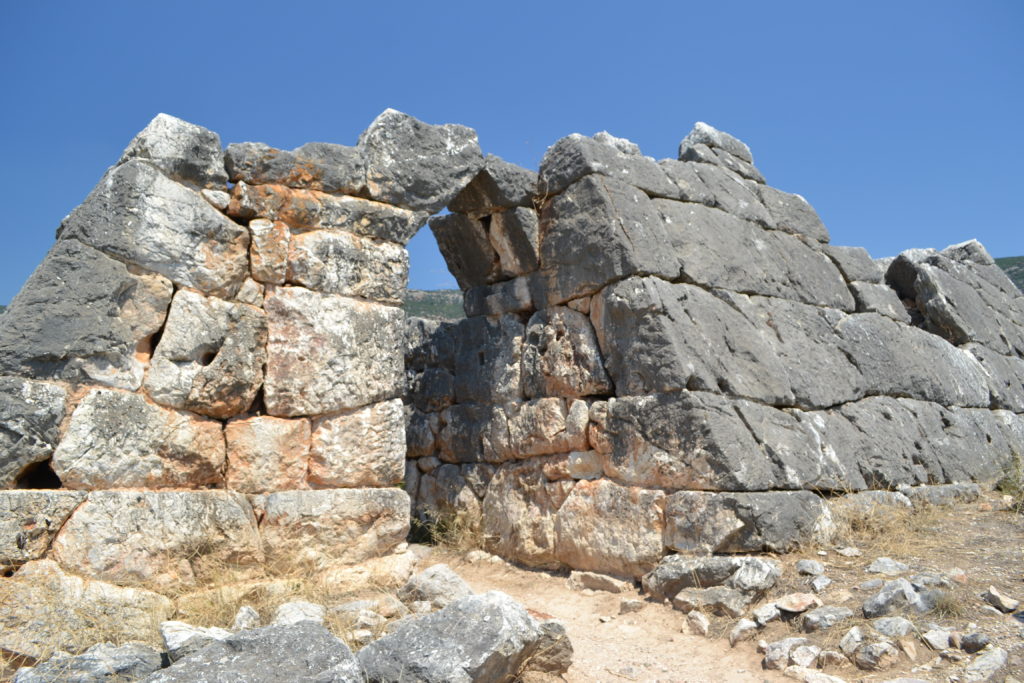
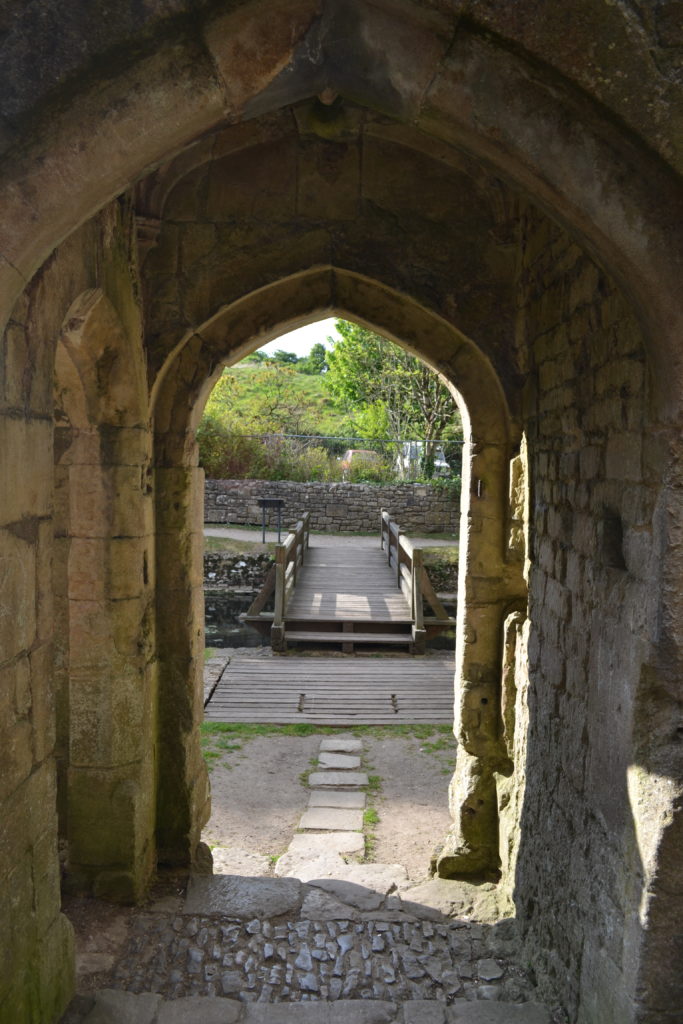
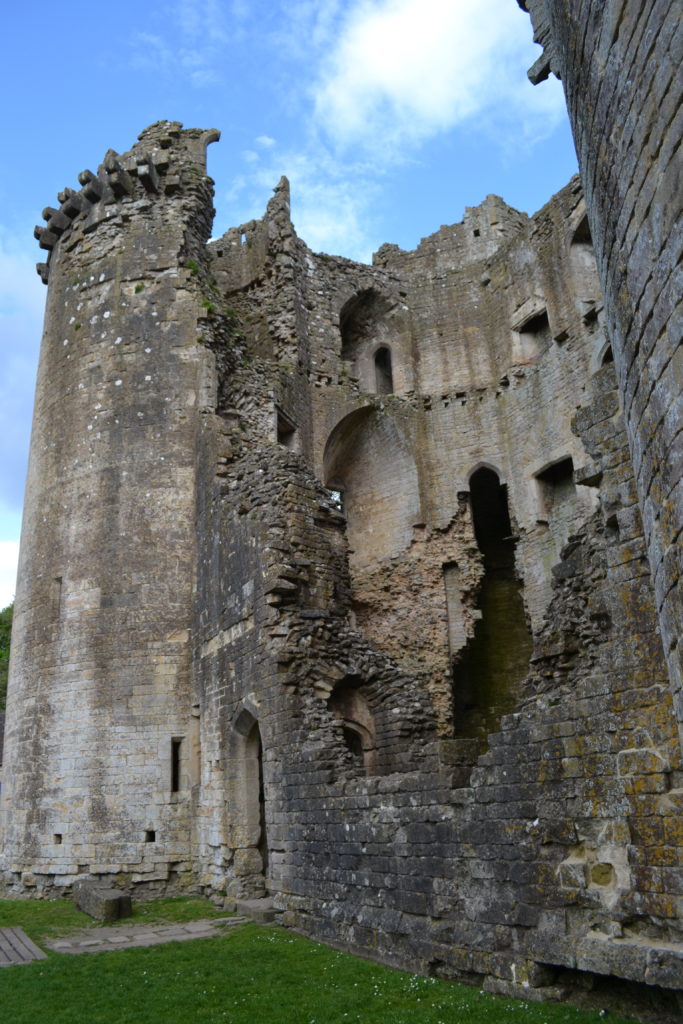
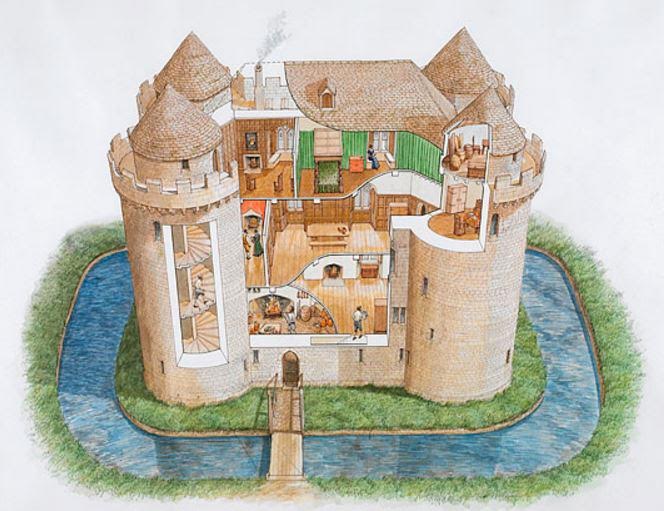
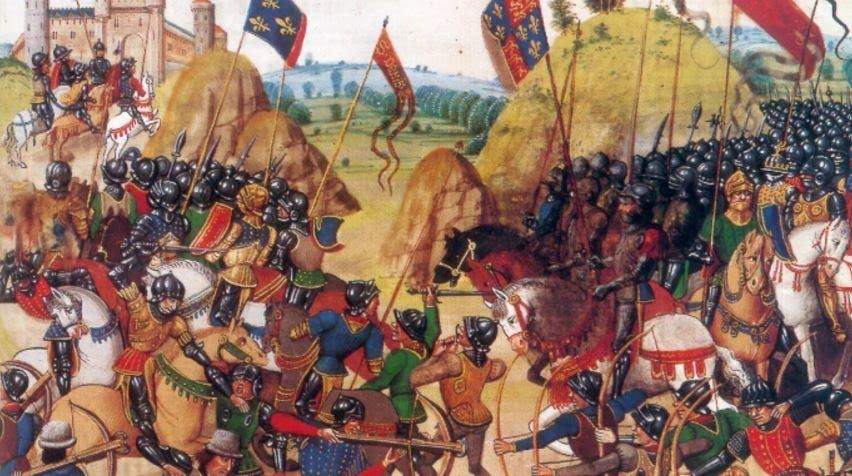
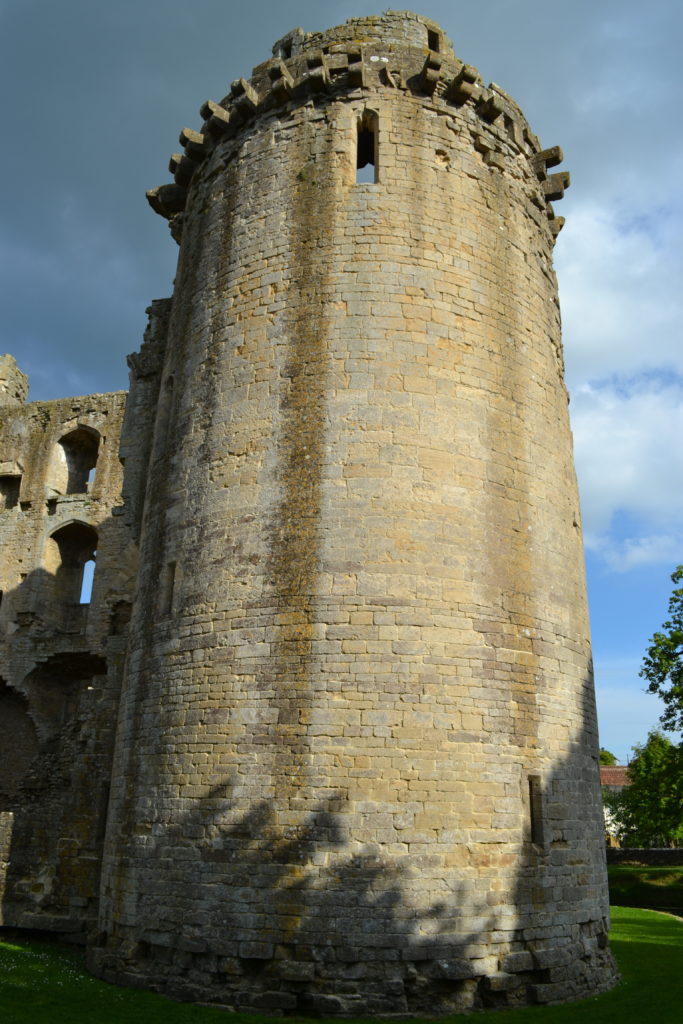
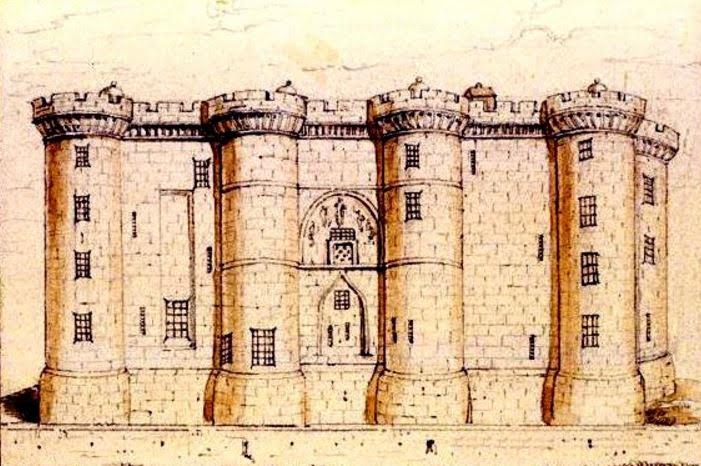
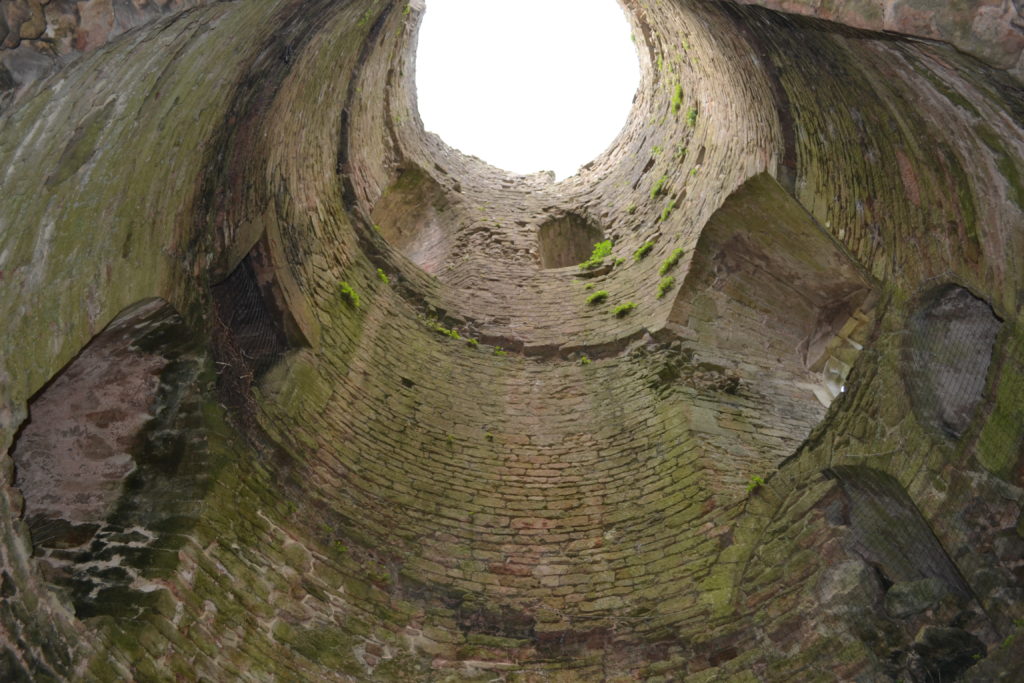
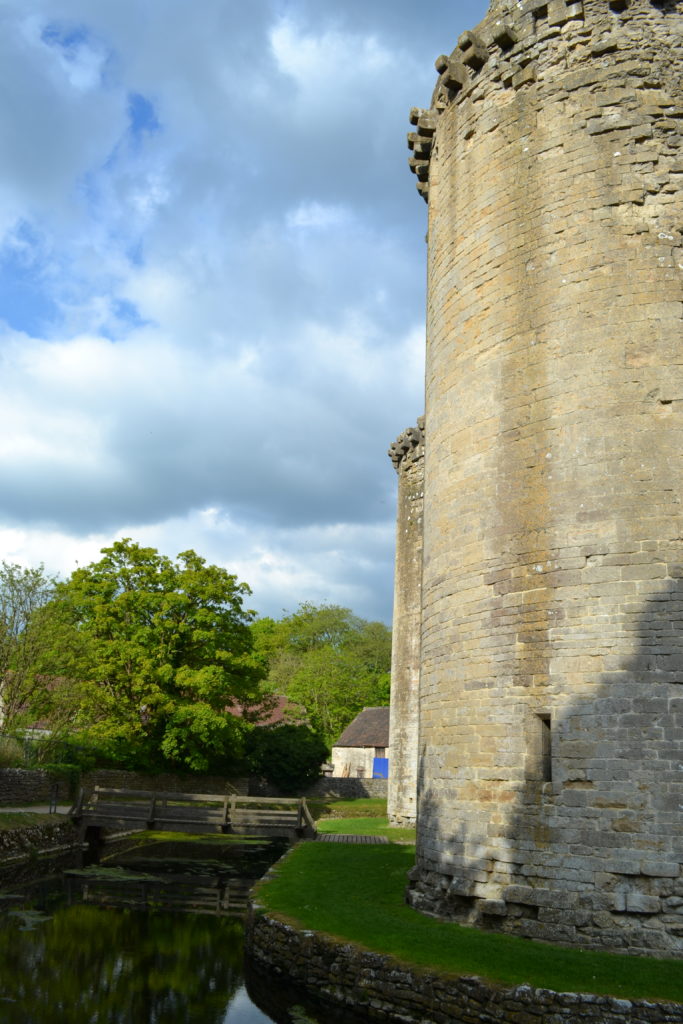
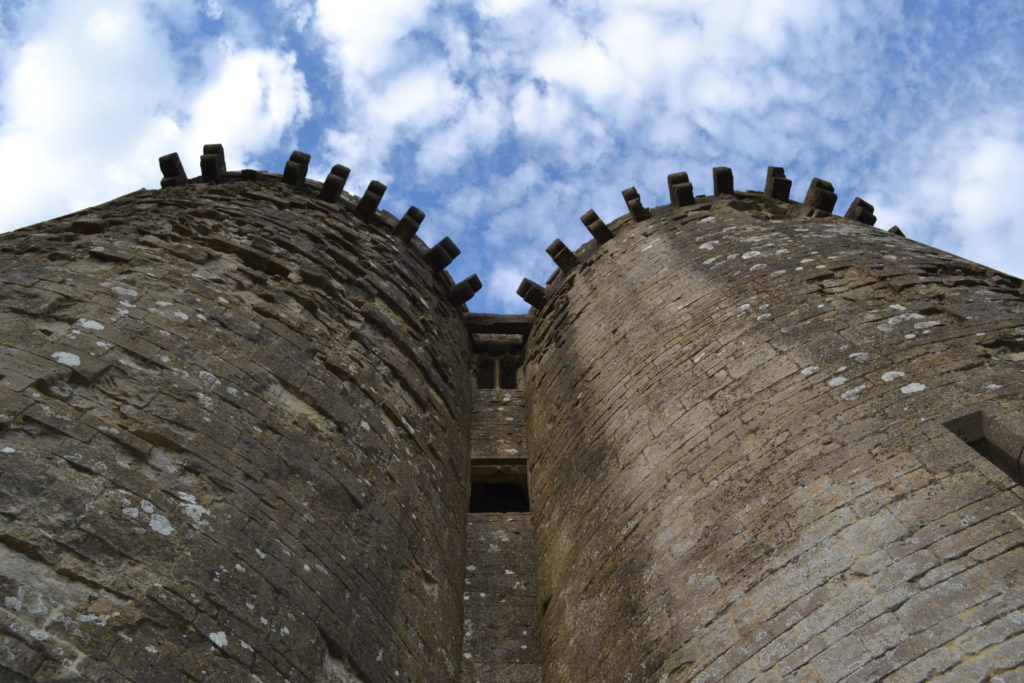
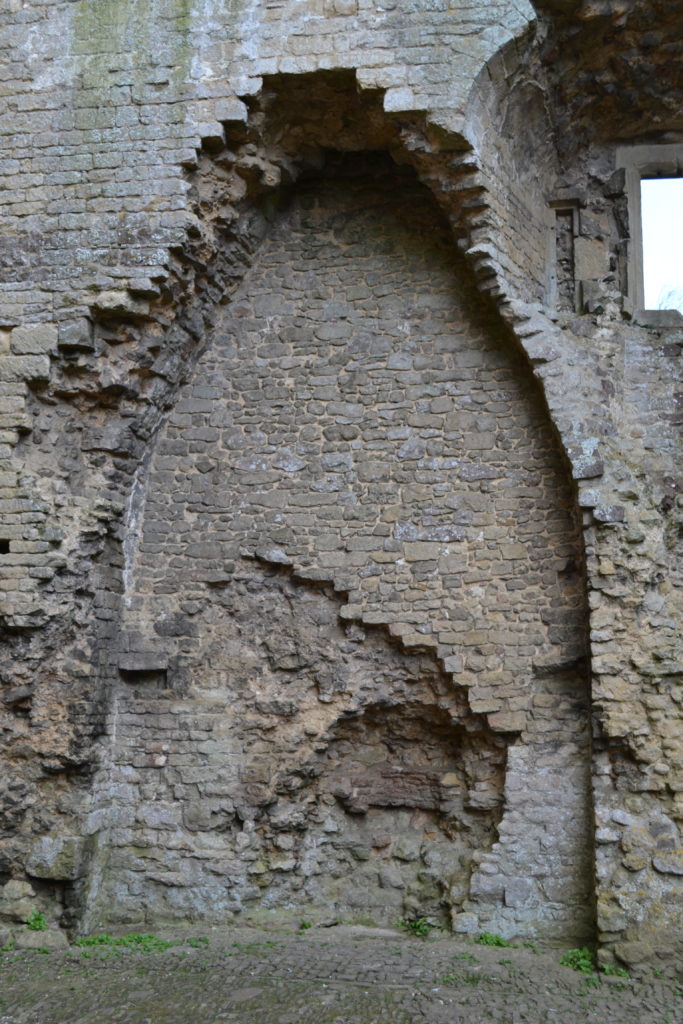
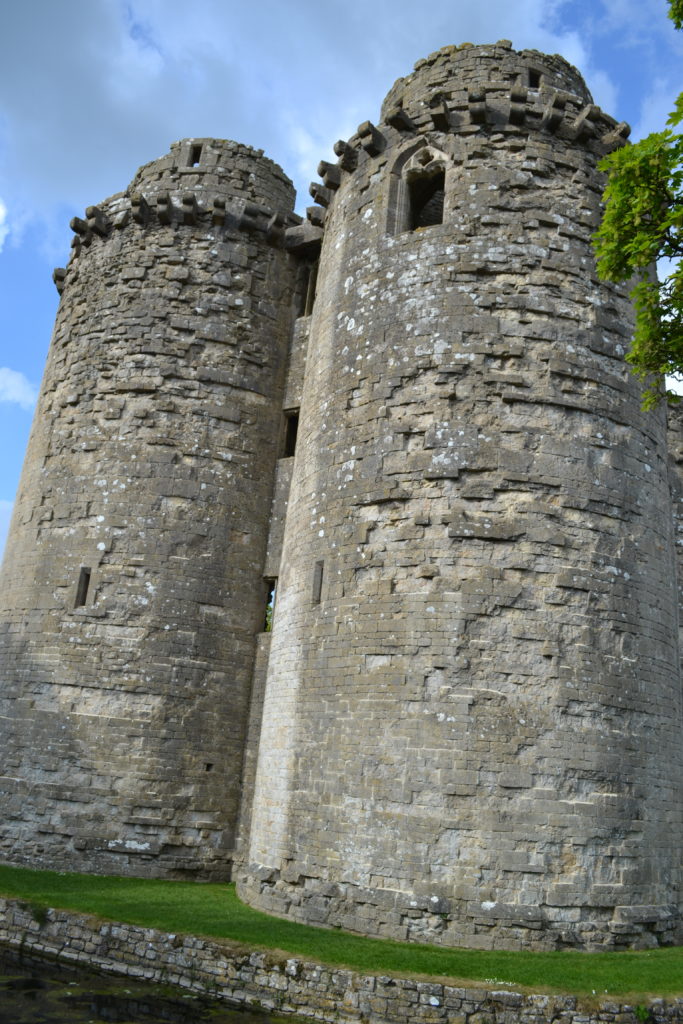
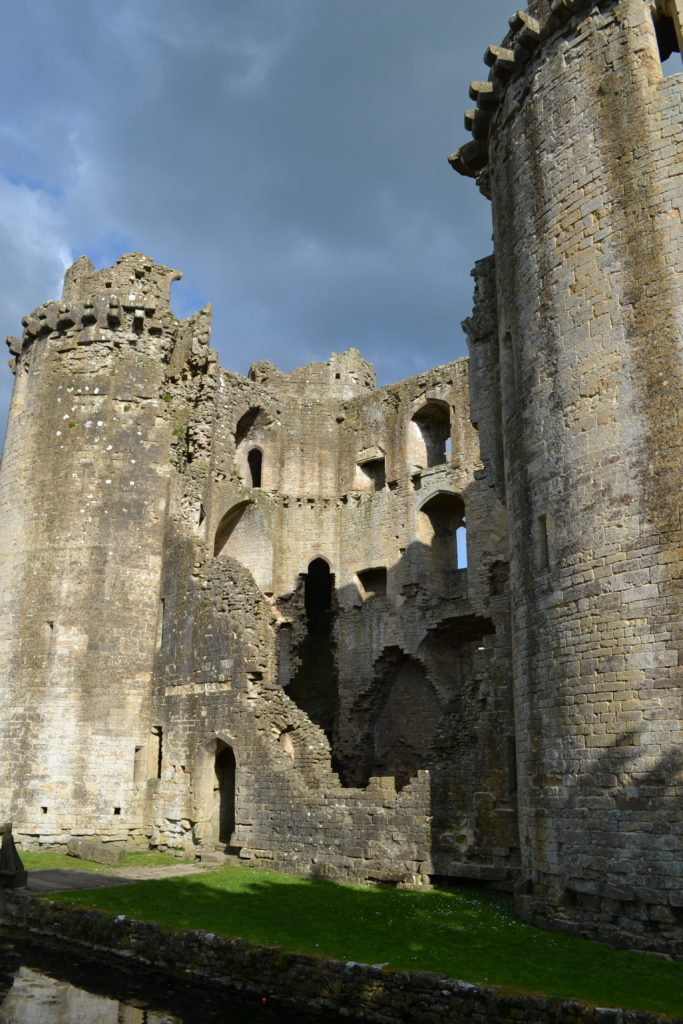















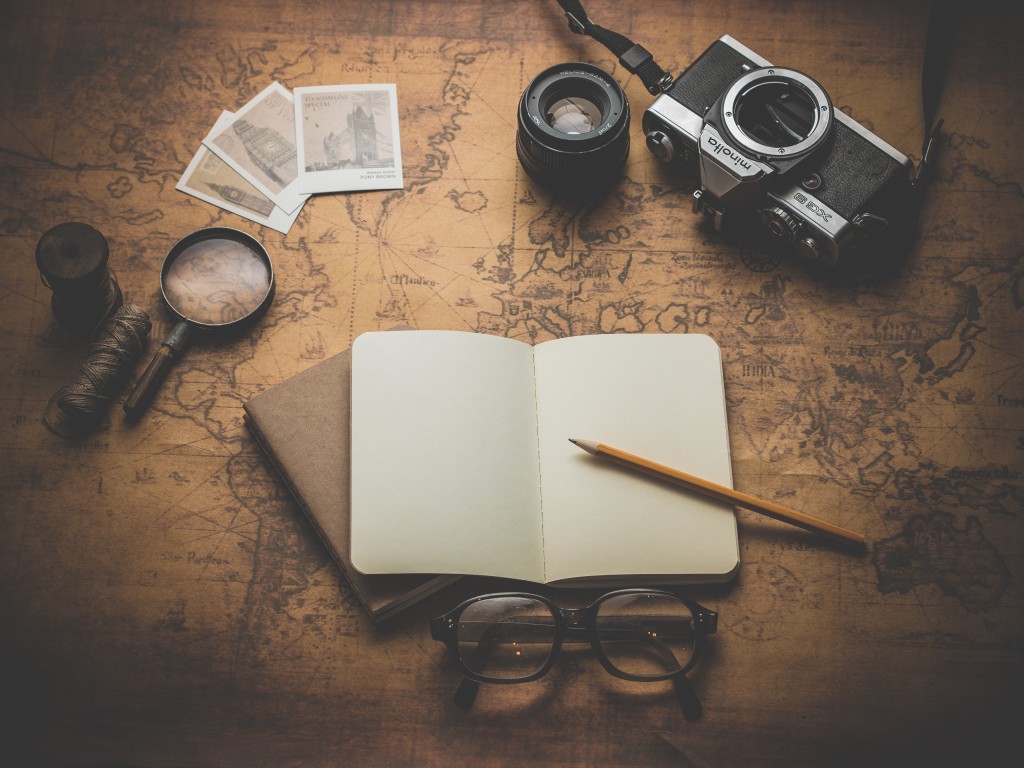
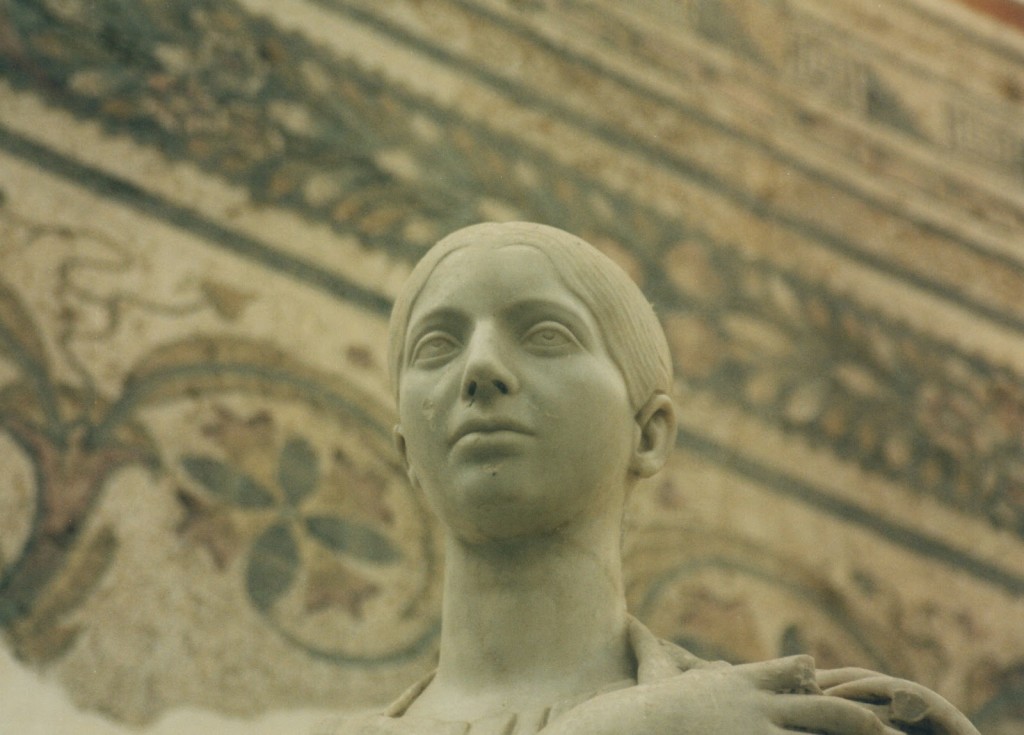
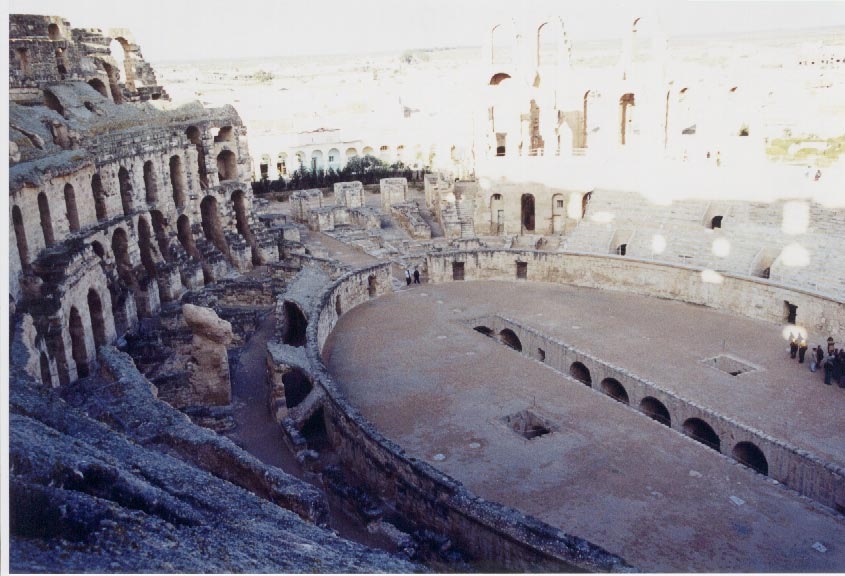
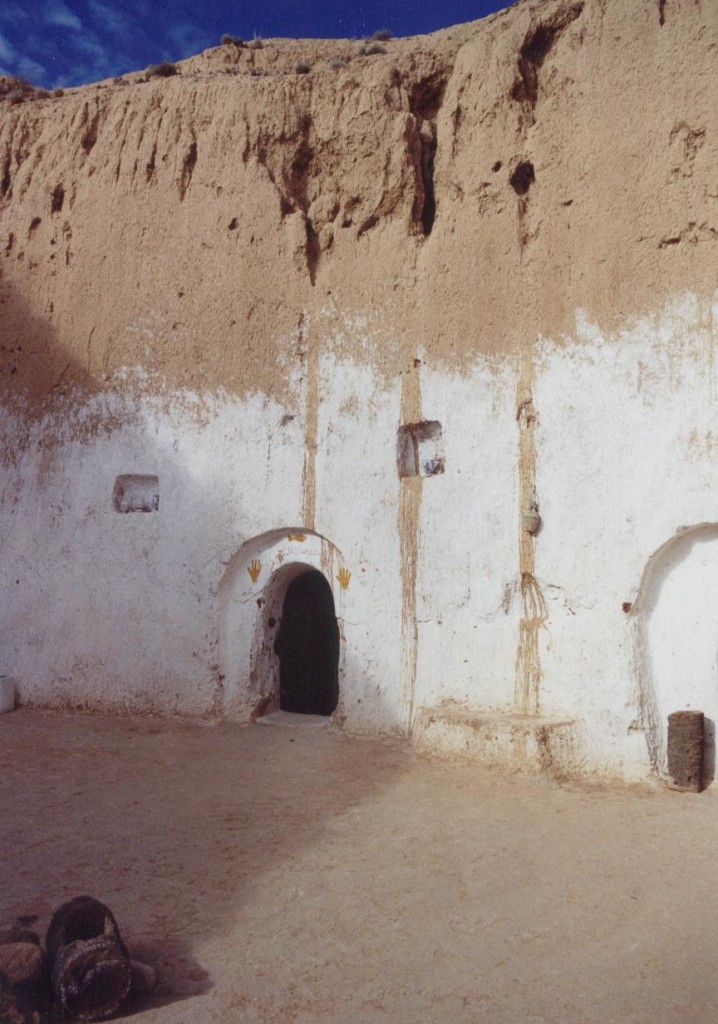

 Caterina is passionate about history, music, romance, old languages, and travel. She regularly intertwines these subjects in her writing. She holds a degree in Music Management with a minor in Vocal Performance from Old Dominion University in Virginia and a second B.A. in History with a minor in Italian from the University of Texas San Antonio. Ever a glutton for punishment and a believer in life long learning, Caterina is completing a M.A. in Public History from Texas State University. She was fortunate enough to receive awards that enabled her to study abroad in Urbino, Italy and Chester, England. She took full advantage of these opportunities to explore Italy, Jersey, England, Scotland, and Wales; conducting boots on the ground research for her coursework and literary works. While she is a fan of all history, her heart resides in Antiquity. She enjoys studying time periods up through the Renaissance. Modern history is just not as fun as gladiators, emperors, caliphs, queens, knights and kings. An obsession with cappuccino and Greek coffee started her down a path of researching commodities and gastronomy history in her free time.
Caterina is passionate about history, music, romance, old languages, and travel. She regularly intertwines these subjects in her writing. She holds a degree in Music Management with a minor in Vocal Performance from Old Dominion University in Virginia and a second B.A. in History with a minor in Italian from the University of Texas San Antonio. Ever a glutton for punishment and a believer in life long learning, Caterina is completing a M.A. in Public History from Texas State University. She was fortunate enough to receive awards that enabled her to study abroad in Urbino, Italy and Chester, England. She took full advantage of these opportunities to explore Italy, Jersey, England, Scotland, and Wales; conducting boots on the ground research for her coursework and literary works. While she is a fan of all history, her heart resides in Antiquity. She enjoys studying time periods up through the Renaissance. Modern history is just not as fun as gladiators, emperors, caliphs, queens, knights and kings. An obsession with cappuccino and Greek coffee started her down a path of researching commodities and gastronomy history in her free time.